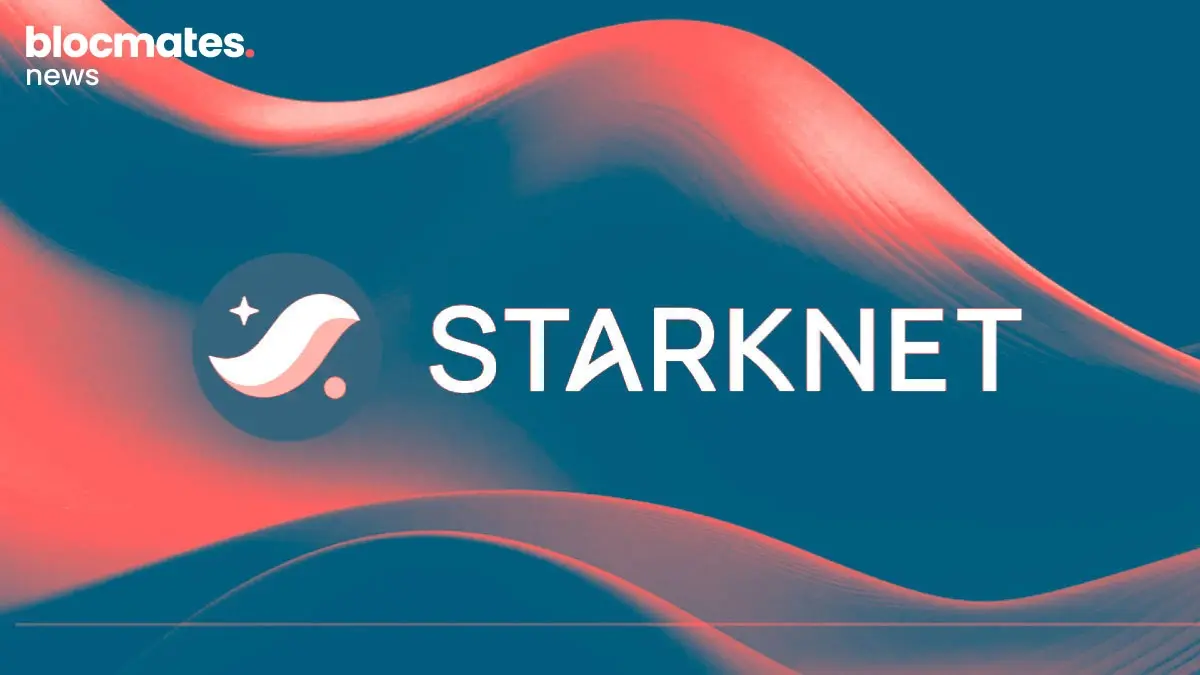Background on Sturdy Finance
There is no denying the fact that borrowing and lending protocols have played and will continue to play a pivotal role in the widespread adoption of DeFi across the world. I mean, who doesn’t understand the appeal of decentralised, permissionless, transparent, and pseudonymous banking? Sure, banks offer a suite of various services, however, at the core of it is lending and borrowing. On-chain DeFi lending and borrowing protocols have unlocked a new world of possibilities and opportunities.
Certain critics point out that undercollateralized and unsecured credit isn’t readily available in DeFi, therefore, from a capital efficiency point of view, it is a failure. Even though there are various protocols working in this direction. Moreover, in the TradFi world, governments have the tools to bail out underwater institutions indefinitely. Thus, unsecured credit can work well in such a setup. I’m sure the gigabrains will figure it out in DeFi too – at scale. Let’s not get there now.
Aave and Compound led the charge bringing decentralised lending and borrowing protocols to the forefront of DeFi. The open-source nature of our industry then allows builders to use existing ideas and then execute on top of those as the base layer.
Sturdy can be thought of as one such innovative DeFi lending protocol on Ethereum and Fantom.
Don’t commit the mistake of thinking of Sturdy as another Aave or Compound fork. Trust me, there’s a lot more to it – as you will discover too.
In this article, I intend to explain what Sturdy is, what makes the protocol different, how it all works, and what the team has been up to.
What Is Sturdy?

For starters, Sturdy isn’t your conventional DeFi lending protocol. Sure, lenders and borrowers are involved, however, the dynamics of the protocol are entirely different from, say, Aave.
As per their whitepaper, DeFi’s best yield farmers use Sturdy to access up to 10x leverage to farm with.
Simply, Sturdy is a leveraged yield farming come lending protocol.
Sturdy allows users to take on the role of either a lender or a borrower. Lenders supply liquidity by depositing stablecoins, and borrowers borrow these funds to invest in whitelisted protocols such as Convex and Balancer.
The farming rewards from these investments are split between the lenders and borrowers. For example, a borrower could deposit Convex FRAXBP as collateral, borrow USDC, and invest that USDC in the FRAXBP pool on Convex. They would earn a share of the CRV rewards, with the rest going to the lenders.
In other lending protocols, lenders earn interest from the interest payments made by borrowers. However, on Sturdy, lenders earn yield from the farming profits made by borrowers.
Here’s an example:
- Alice deposits 900 USDC to the protocol
- Bob provides 100 Convex FRAXBP as collateral
- Bob borrows the 900 USDC Alice has deposited as a loan and deploys it to the Convex FRAXBP pool, all in one transaction (see below)
- Over time, Alice and Bob each receive a portion of the farming profits
Here’s what happens under the hood when Bob levers up using Sturdy’s one-click leverage feature:
- Sturdy flash loans out 900 USDC from Balancer
- Sturdy deposits the 900 USDC to Curve’s FRAXBP pool
- Sturdy deposits 1000 Curve FRAXBP tokens (100 from Bob + 900 from the flash loan) to Sturdy as collateral on behalf of Bob, which are automatically staked in Convex
- On behalf of Bob, Sturdy borrows Alice’s 900 USDC to repay the Balancer flash loan
Above is a list of assets that can currently be collateralised on Sturdy. Stablecoins like DAI, USDC and USDT cannot be used as collateral for a loan but can only be deposited – which are then lent to other users who want to borrow against their collateralised deposits.
This mechanism is vastly different from Aave and Compound. On those protocols, free markets decide the lending and borrowing rate.
The primary difference here is that both lenders and borrowers share the yield that is generated via Sturdy.
In summary, Sturdy can be thought of as a decentralised yield farming fund. Borrowers can leverage collateral assets like Convex LP tokens and receive up to 10x leverage in exchange for giving up some of their yields. Lenders provide liquidity and, in return, receive a share of the yield earned by borrowers. This system allows lenders to enjoy the benefits of yield farming without incurring gas costs, committing a lot of time, or taking on increased risk. At the same time, it enables borrowers to take on larger positions for farming.
Let us look at it from both the lender’s and borrower’s sides – as they are the key stakeholders.
Lending on Sturdy Finance
Sturdy is a platform that allows lenders to earn high, stable yields without having to search for opportunities and take on excessive risk constantly. It is a good option for people who are new to the world of decentralised finance (DeFi). By providing liquidity on the platform, users can earn returns from borrowers’ activities without spending as much time and effort and without exposing themselves to too much risk.
Interestingly, I hope you can gauge that lenders do not rely on borrowers paying insane interest rates to earn yield but instead earn a portion of returns generated from DeFi activities that the borrowers engage in (whitelisted by the protocol) by borrowing lenders’ capital.
So while in a traditional lending and borrowing market, a relatively high utilisation ratio will dictate a high APR that lenders earn, as per the yield curve. For Sturdy, the yield depends on the DeFi opportunities that are being leveraged to earn that yield and occasionally depends on the utilisation for an asset – precisely when it is over 80%. Borrowers pay an interest rate when such is the case. I will explain it in detail later.
Finally, the major benefit from a lender’s pov is that they can be exposed to high yields that are typically reserved for volatile assets whilst holding stablecoins and earning that yield in stablecoins. Ain’t that cool?
Borrowing on Sturdy Finance
Sturdy allows borrowers to increase their yields with high leverage, up to 10x, while minimising liquidation risk. This is a no-brainer for yield farmers who want to amplify their profits in a sustainable way.
Sturdy manages liquidation risk by allowing users to borrow stablecoins with interest-bearing stablecoin-denominated assets like Convex LP tokens as collateral. Thus, both the collateral and the loan are denominated in stablecoins. Moreover, as long as the utilisation is < 80%, the loan remains interest-free, however, the collateral is constantly growing as it is being put to work in DeFi. Liquidation can only occur if the stablecoins are held as collateral depegs.
Apart from that, because Sturdy isn’t following the traditional Aave model in that it doesn’t rely on interest payments from the borrowers to pay off the lenders, the protocol is able to offer zero-interest loans when utilisation is < 80%.
Therefore, if I had to sum up why lenders and borrowers use Sturdy, it is primarily due to two reasons:
- Lenders get exposure to high yields that only users who hold volatile assets can avail of. This yield is paid out for depositing stablecoins and paid in that native stablecoin.
- Borrowers can lever up their position or simply borrow stablecoins for various activities at cheap or free interest rates by foregoing some part of their collateral yield.
Sturdy Finance Use Cases
Whilst I hope I was able to explain the protocol dynamics, I reckon it’d be helpful to outline certain use cases that the protocol supports.
- Lend stablecoin: Users can simply lend DAI, USDC and/or USDT to earn a stable yield paid in the stablecoin. Remember, you cannot take a loan against these assets – these aren’t collateral assets. The yield comes from farming profits made by borrowers – which can be in volatile assets, but the lenders will earn in the native stablecoin, thus, as I mentioned earlier, unlocking high yield, which is reserved for volatile assets, while exposed to stablecoins and earning the yield too in stablecoins. All the conversions are taken care of by the protocol. At the back end, Sturdy harvests the DeFi yields and distributes it to the stablecoin lenders every 24 hours.
- Simple borrow: This entails, first, a deposit of an asset which can be used as collateral or an ibToken. Basically, a deposit of such an asset can be used to earn a yield. Against this collateral, the user borrows stablecoins that the lenders have lent. The borrower is able to avail of a low or zero-interest loan (based on the utilisation). Their collateral will be deployed to a farm in DeFi and pay the lender and borrower.
In certain cases, only the lender is paid. For instance, when depositing WFTM as a collateral asset, the user/borrower will not earn any yield on that deposit. All the yield will be redirected to the lender. In this case, the borrower deposits their asset to avail of an interest-free loan.
- One-click leverage: The same situation as above, the only difference being that the borrower, instead of borrowing stablecoins, simply loops/levers it back into the collateral to be able to borrow more stablecoins and then continue the loop. Obviously, the higher he/she goes, the higher the risk of getting liquidated, as the margin of error lowers and even a slight depegging event may result in liquidation. The incentive for the borrower is to leverage his/her position and use more capital to farm yield, thus the term leveraged yield farming.
I hope that provides more insight into a couple of different use cases of Sturdy.
Whitelisted Collateral Staking Protocols
In order to make leveraged yield farming possible, Sturdy allows staked interest-bearing collateral assets to be used as collateral. The devs at Sturdy only integrate low-risk, battle-tested LP tokens and staking strategies.
Fantom
All collateral assets are staked via Yearn Finance.
Ethereum
frax3crv, ib3crv, susd3crv, and tusdfraxbp are staked via Convex. Borrowers earn the Base Curve APR and a portion of the CRV vAPR from Convex staking.
Interest Rates on Sturdy Finance
Sturdy differs from other lending protocols, however, in certain instances, borrowers have to pay interest on borrowing.
Loans on Sturdy are interest-free, except for the atypical case where a reserve has utilisation higher than 80%.
Utilisation is the percentage of deposited funds that have been borrowed. For example, if $1m USDC has been deposited into the protocol and $900k has been borrowed, then the utilisation rate is 90%.
Interest rates increase by 3% for every per cent that utilisation goes above 80%, meaning at 100% utilisation, borrowers pay 60% APR.
These parameters are subject to change based on liquidity and market conditions.
These conditions are essential to ensure that utilisation is kept in check and that the protocol never faces a liquidity crunch. A high borrow APR will incentivise quick repayment of the loan. It will also incentivise more lenders/depositors to earn high lending APR.
As for the lender’s yield, the yields are paid out every 24 hours. Yields from collateral staking are not paid out consistently on a daily basis. The APY displayed may be different from the APY the user receives after 24 hours, but it has generally been accurate over longer periods of time (1-2 weeks).
Liquidations on Sturdy Finance
A liquidation happens when a borrower’s health factor drops below 1 because their collateral is insufficient to cover the value of their loan or debt. This can happen when the value of the collateral decreases or the value of the asset being borrowed increases. The former can only occur in a depegging event when the collateral asset loses its dollar peg. The latter isn’t possible, as users are borrowing stablecoins.
For example, Bob deposits 10 ETH worth of stETH and borrows 5 ETH worth of DAI.
If Bob’s Health Factor drops below 1, his loan will be eligible for liquidation.
A liquidator can repay up to 50% of a single borrowed amount = 2.5 ETH worth of DAI.
In return, the liquidator can claim collateral which is stETH (5% bonus).
The liquidator claims 2.5 + 0.125 ETH worth of stETH for repaying 2.5 ETH worth of DAI.
This is similar to the Aave and Compound model. A user can maintain a required health factor by either supplying more collateral or repaying their debt.
What is Sturdy 1.0?
In early October, the Sturdy team announced Sturdy 1.0, which is a funny name – given the protocol has been live on the mainnet for some time. However, the name signifies how early the team thinks they’re in development and what’s to come in the future as far as DeFi lending and borrowing goes.
These are the core focus areas with Sturdy 1.0:
- Revamped UI: The team is working on a complete redesign of the Sturdy UI. The intention is to make the front end as intuitive as possible. The redesign will help users better understand the protocol’s mechanics and make the most out of their deposits.
- New Assets: Sturdy features some of the top stablecoins for lending and accepts LP tokens from leading DeFi projects as collateral. This list will continue to grow following the release of Sturdy 1.0.
- Enhanced Security: Sturdy 1.0 will be released alongside their third audit (from Quantstamp) and other measures designed to improve security further.
- ETH Market: With Sturdy 1.0, the devs will expand the model beyond stablecoins and deploy a native ETH lending & borrowing market. This will allow the protocol to integrate with more protocols to allow borrowers to farm yield. The market will operate in a similar way to the current model, but borrowers will use Liquid Staking Derivatives (LSDs), such as wstETH, sfrxETH, and their respective LP tokens, as collateral. Instead of borrowing stablecoins, borrowers will borrow ETH using their LSDs as collateral. Like in our stablecoin market, liquidation will only happen during a depegging event.
The team continues to work hard on shipping the promised deliverables. The public release of Sturdy 1.0 is scheduled on December 20, which will mark the end of the Brickmas event (more on it below).
Conclusion
In the end, I like a lot of things about Sturdy. They took a successful model from Aave and developed a truly unique decentralised lending protocol.
What’s more, is that they do not have a token to incentivise TVL and artificially inflate user activity. I’m not saying that token incentives as a way of bootstrapping liquidity is evil, but if a protocol is able to maintain ~ $25 million in TVL without any token incentives – it is a massive achievement. In fact, Sturdy is the largest lending protocol on Ethereum without a token. If that isn’t PMF, I don’t know what is.
Moreover, Sturdy isn’t a cheap fork either. Some serious development effort has gone into building the protocol. It doesn’t take a tech whizz to identify that.
Well, that will do it for today folks. I hope the content was useful and informative. Finally, I don’t want to give anyone false hopes, but there may be an airdrop sometime in the future, eh? Who knows! But people don’t go in Discord and spam, “wen airdrop”, that won’t be appreciated haha.
Resources
Sturdy Website: https://app.sturdy.finance/markets
Twitter: https://twitter.com/sturdyfinance







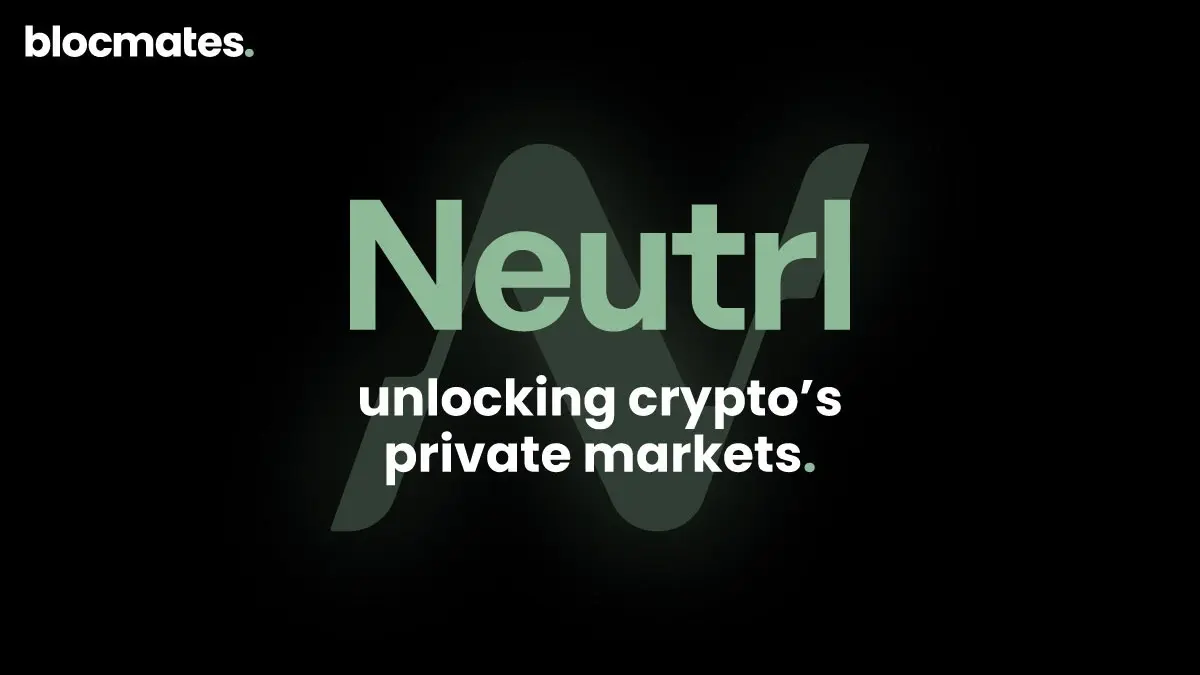



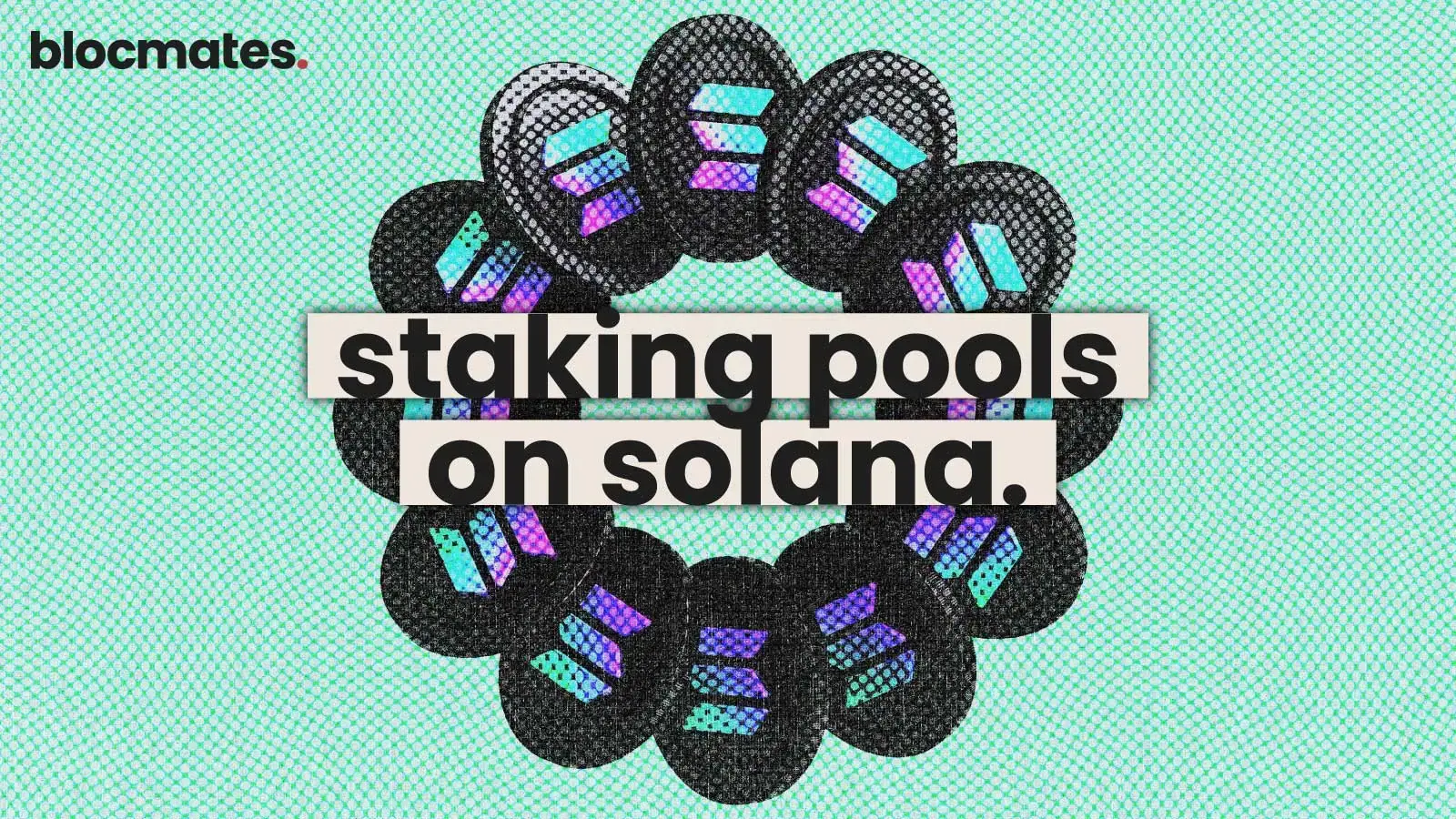


.webp)

.webp)
.webp)

%20(1).webp)
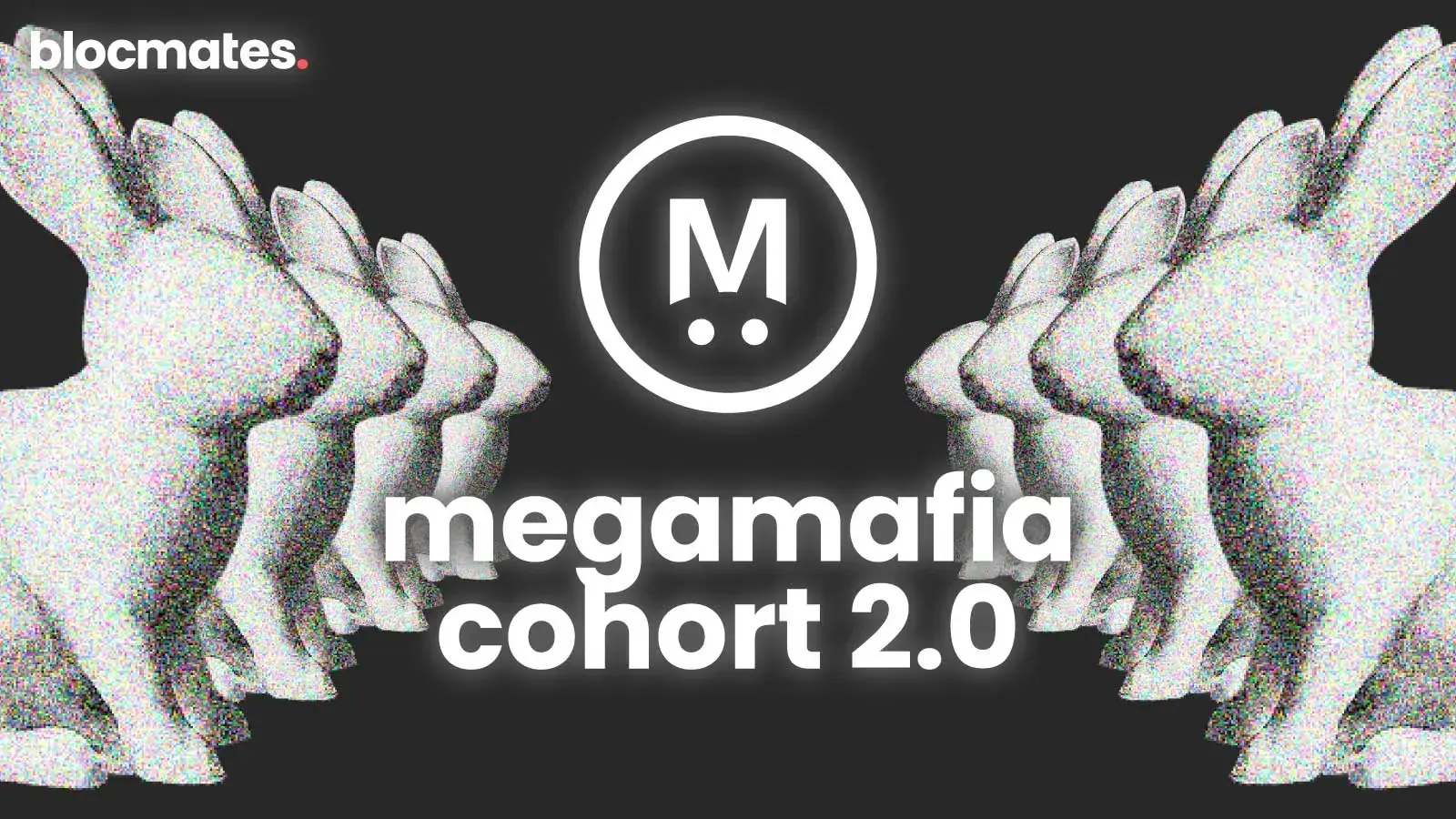
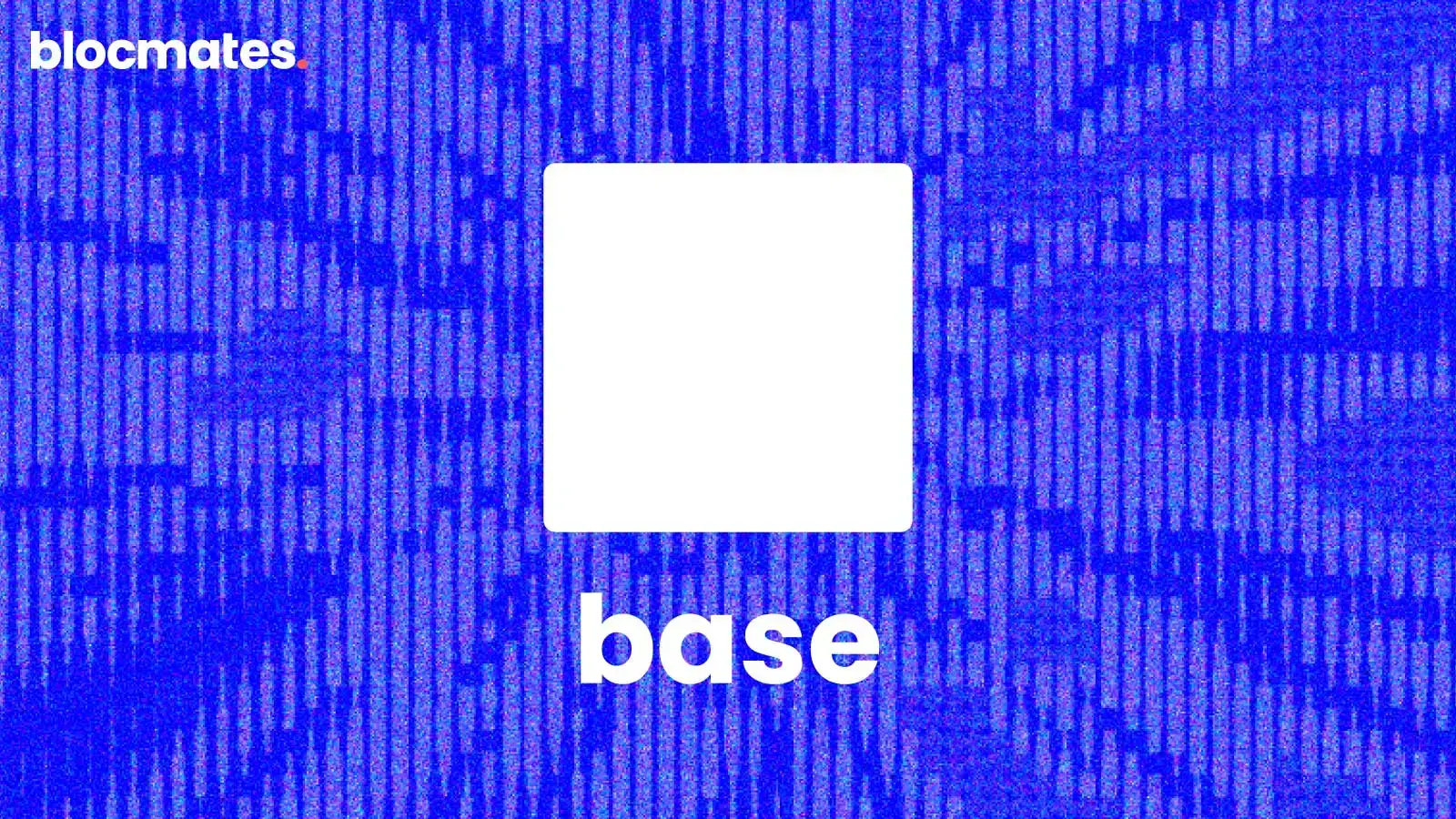
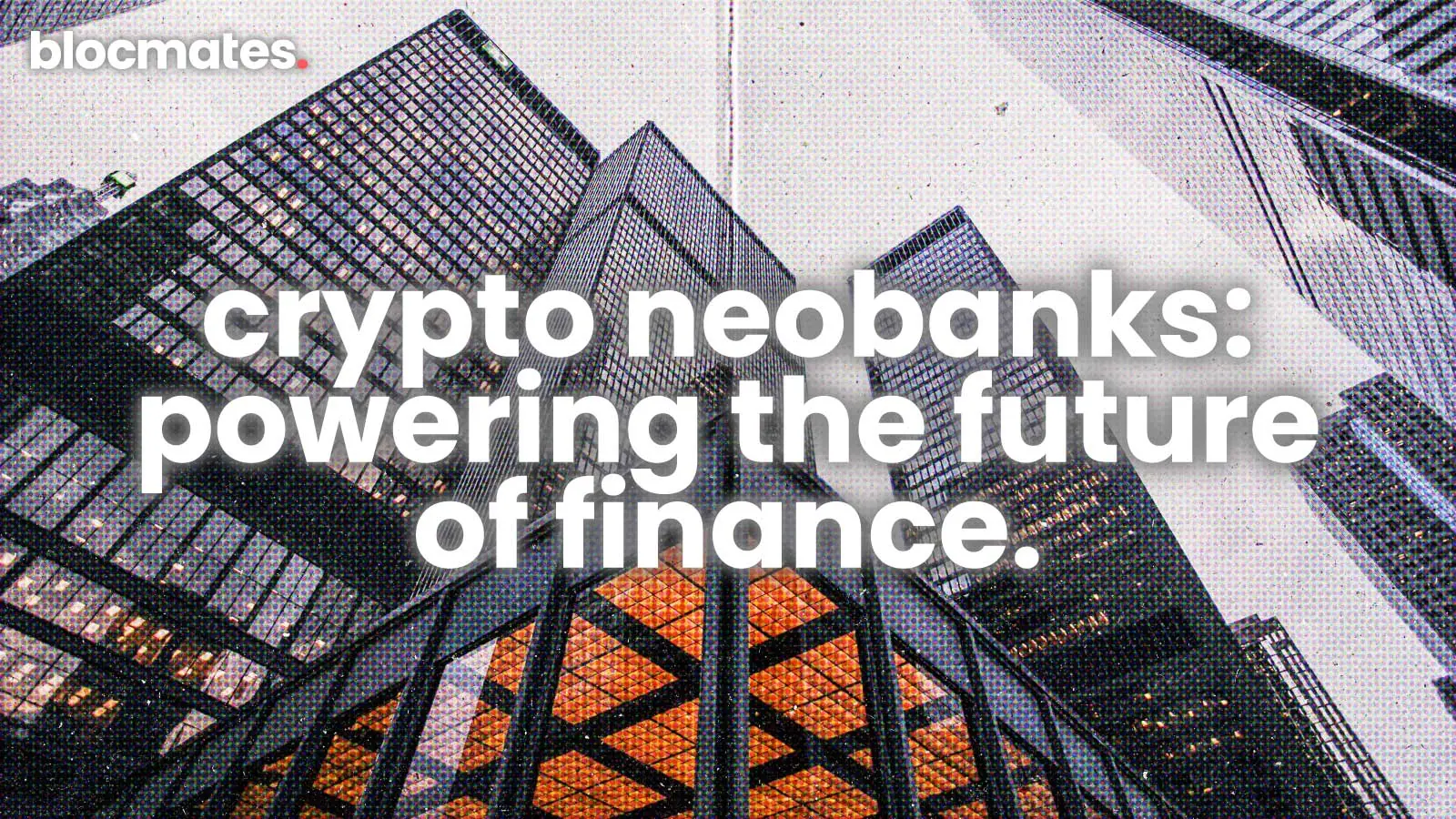


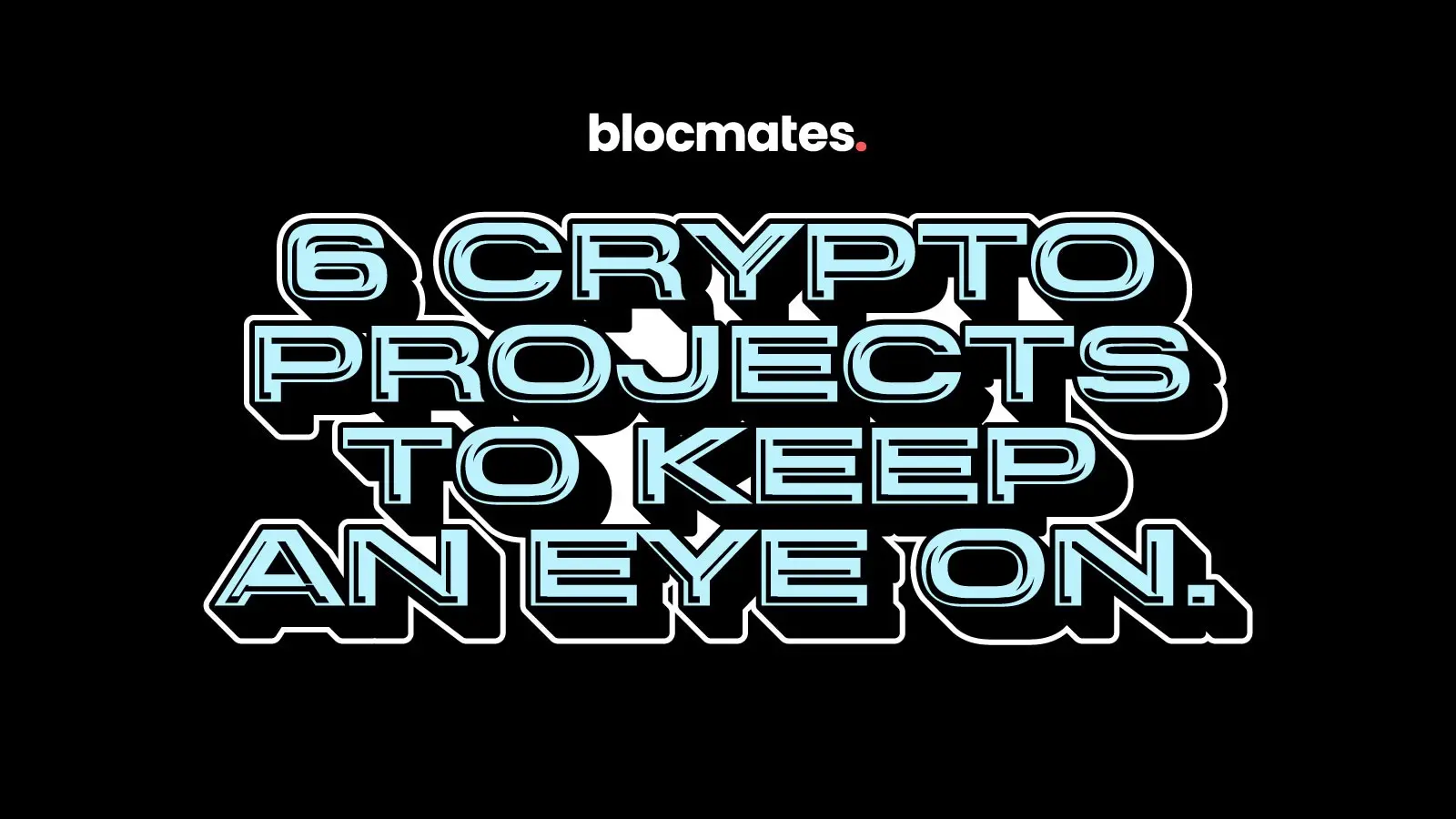
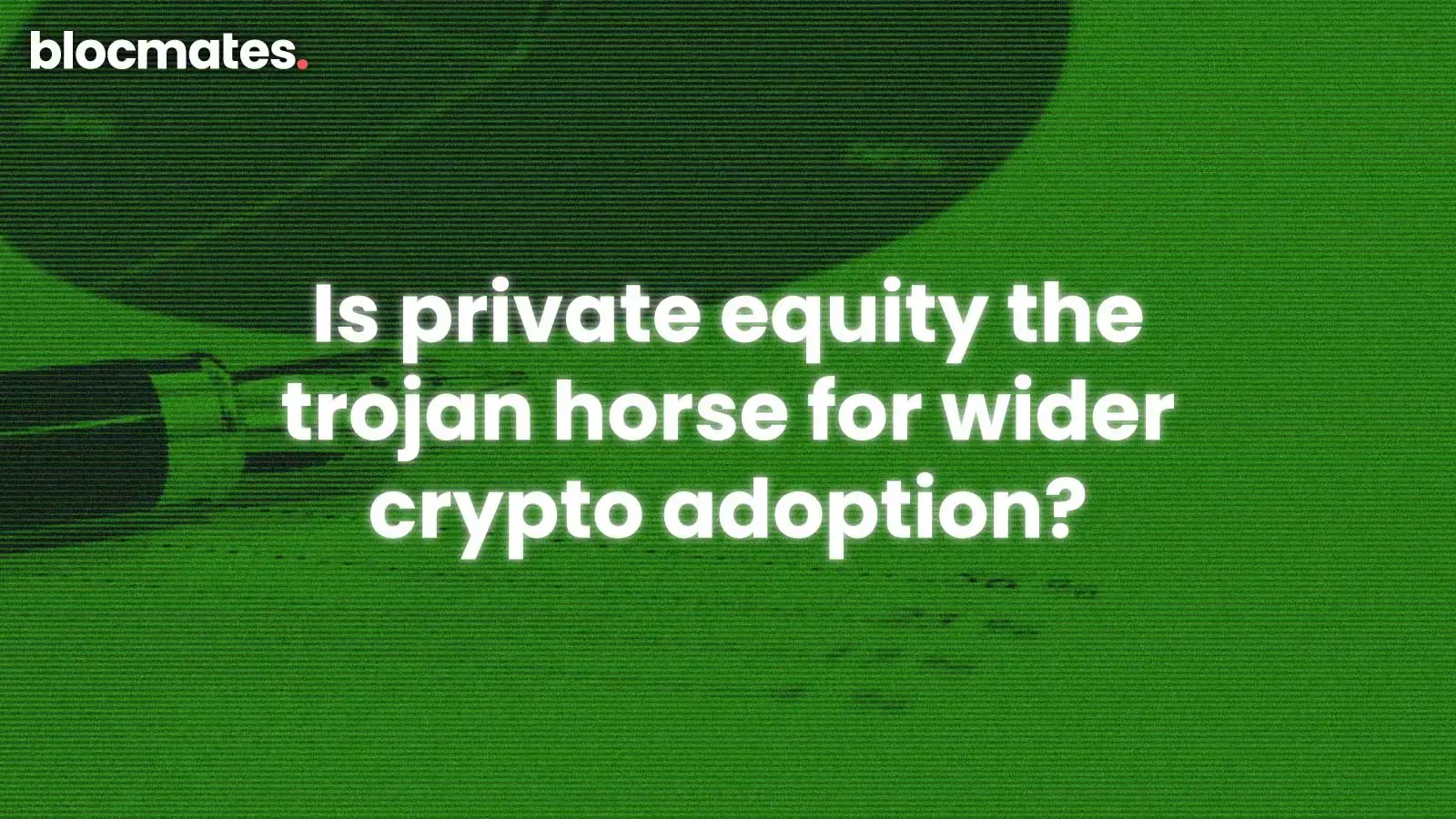
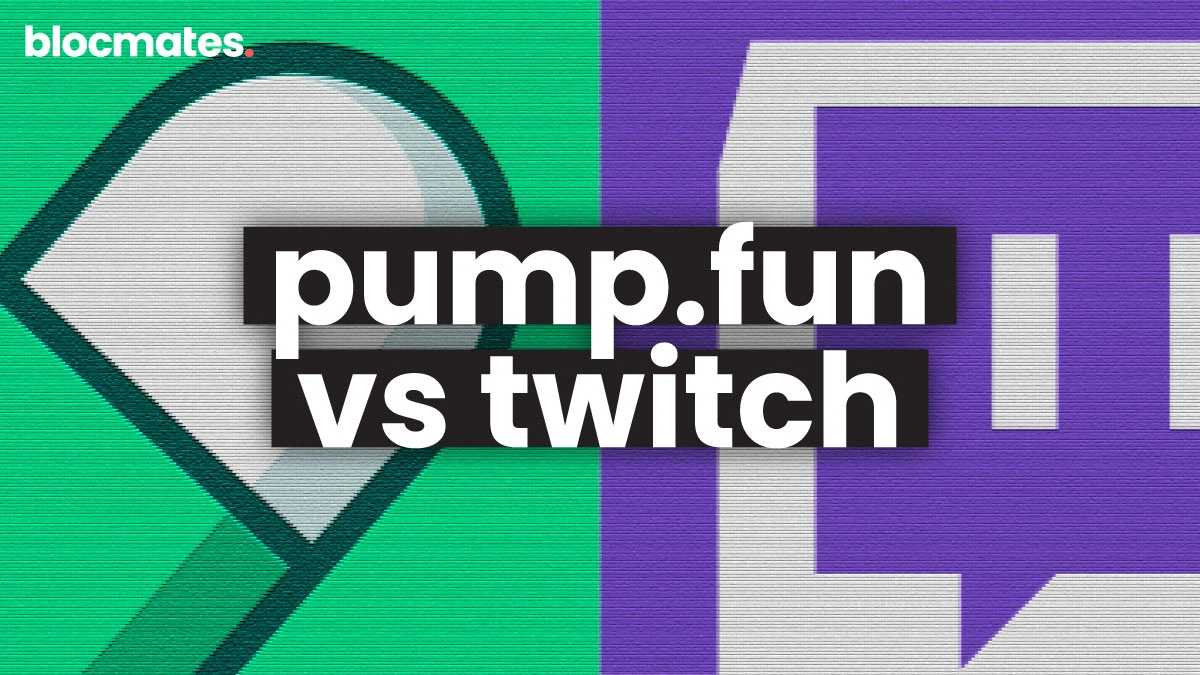

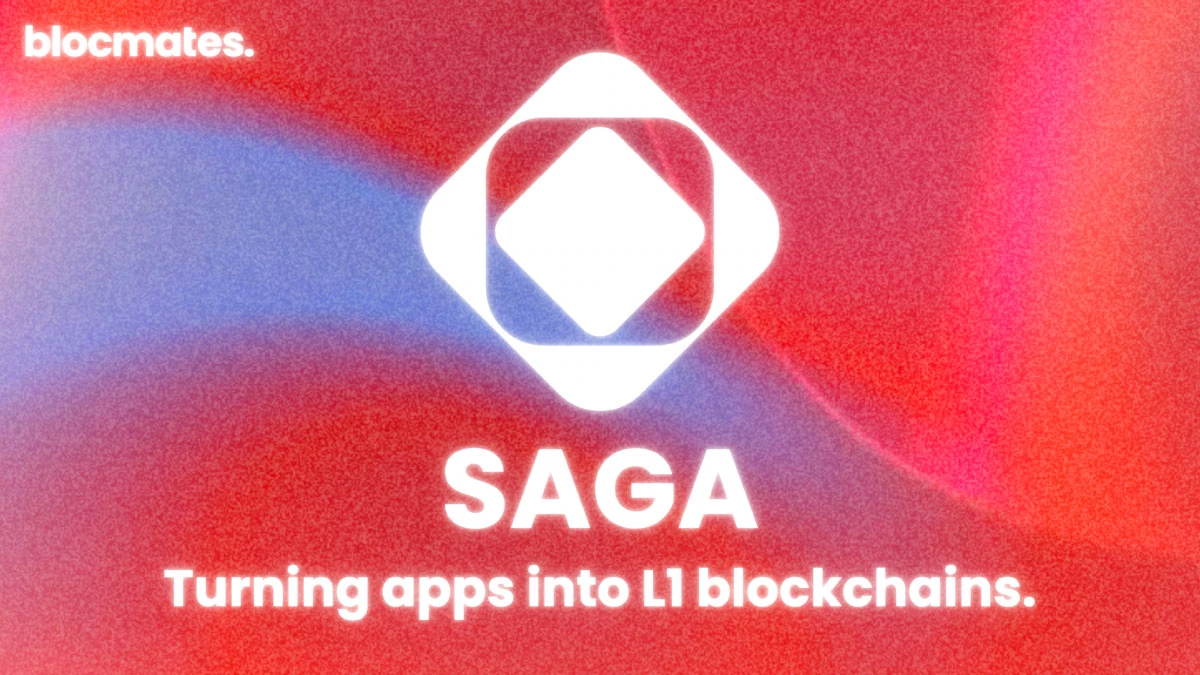


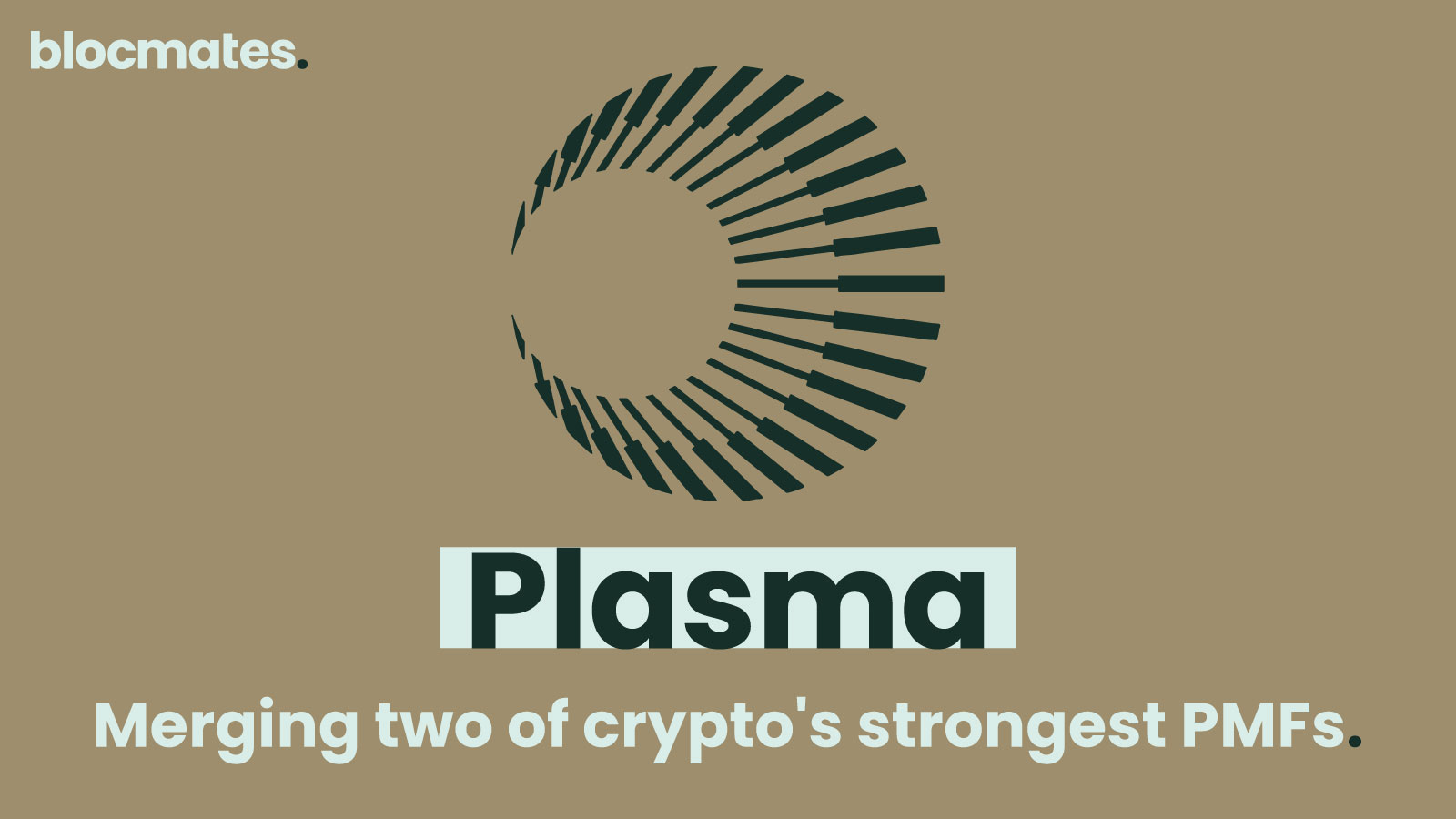

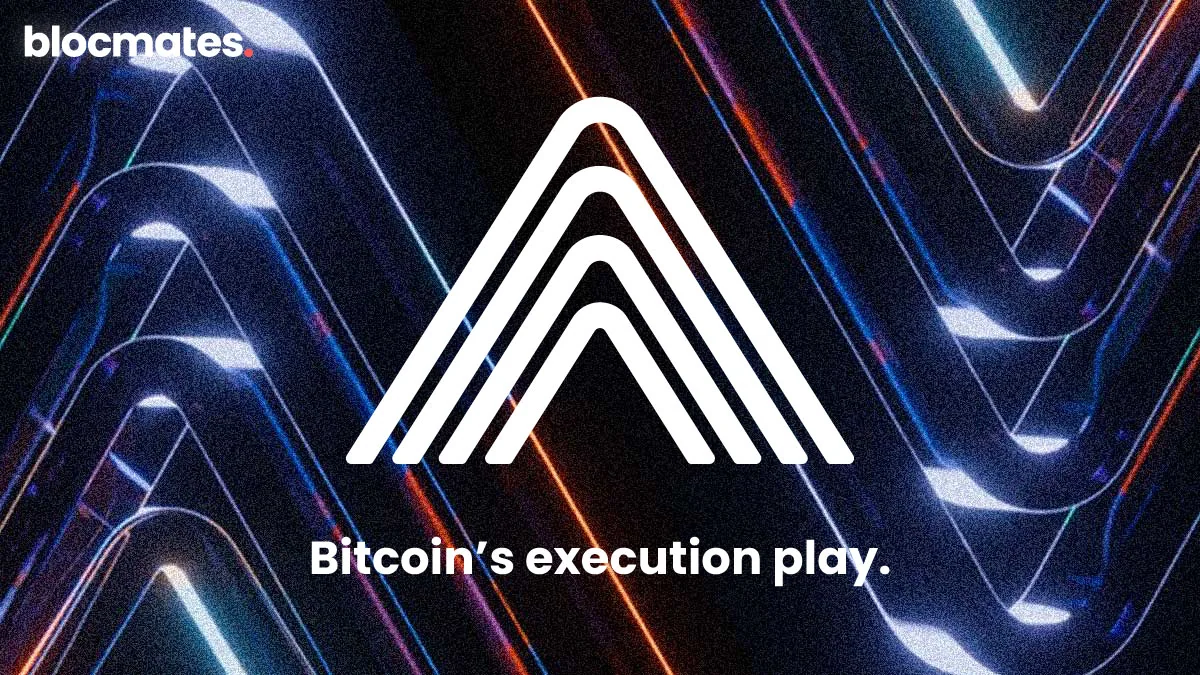

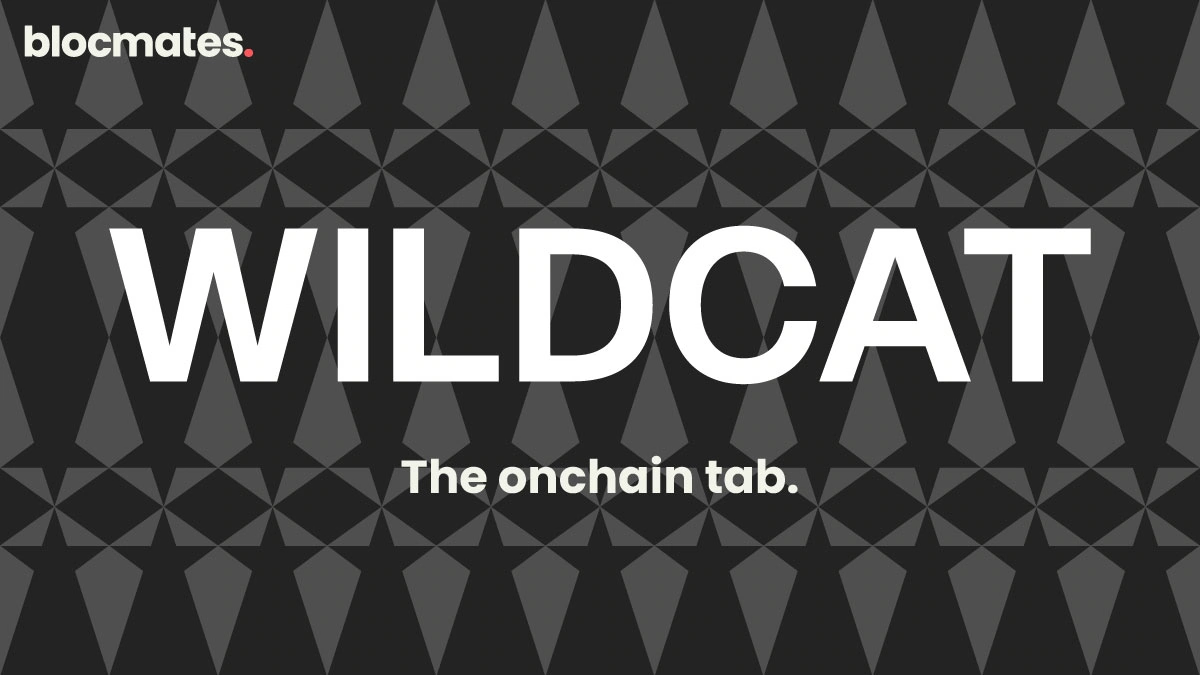
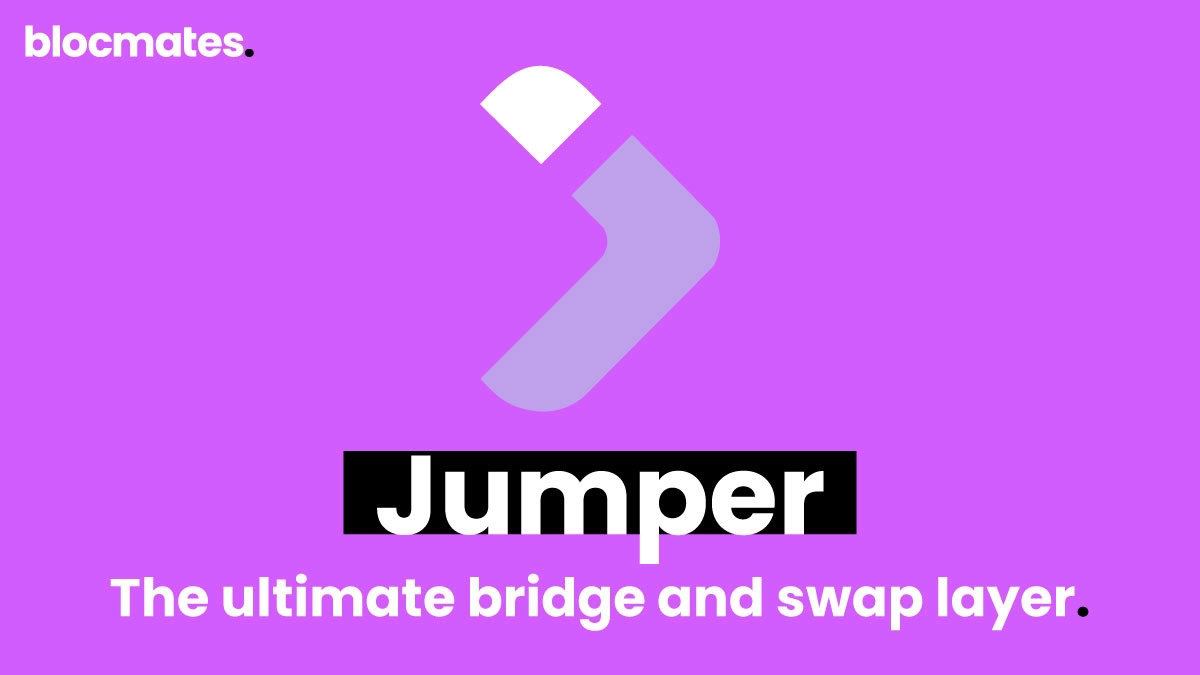
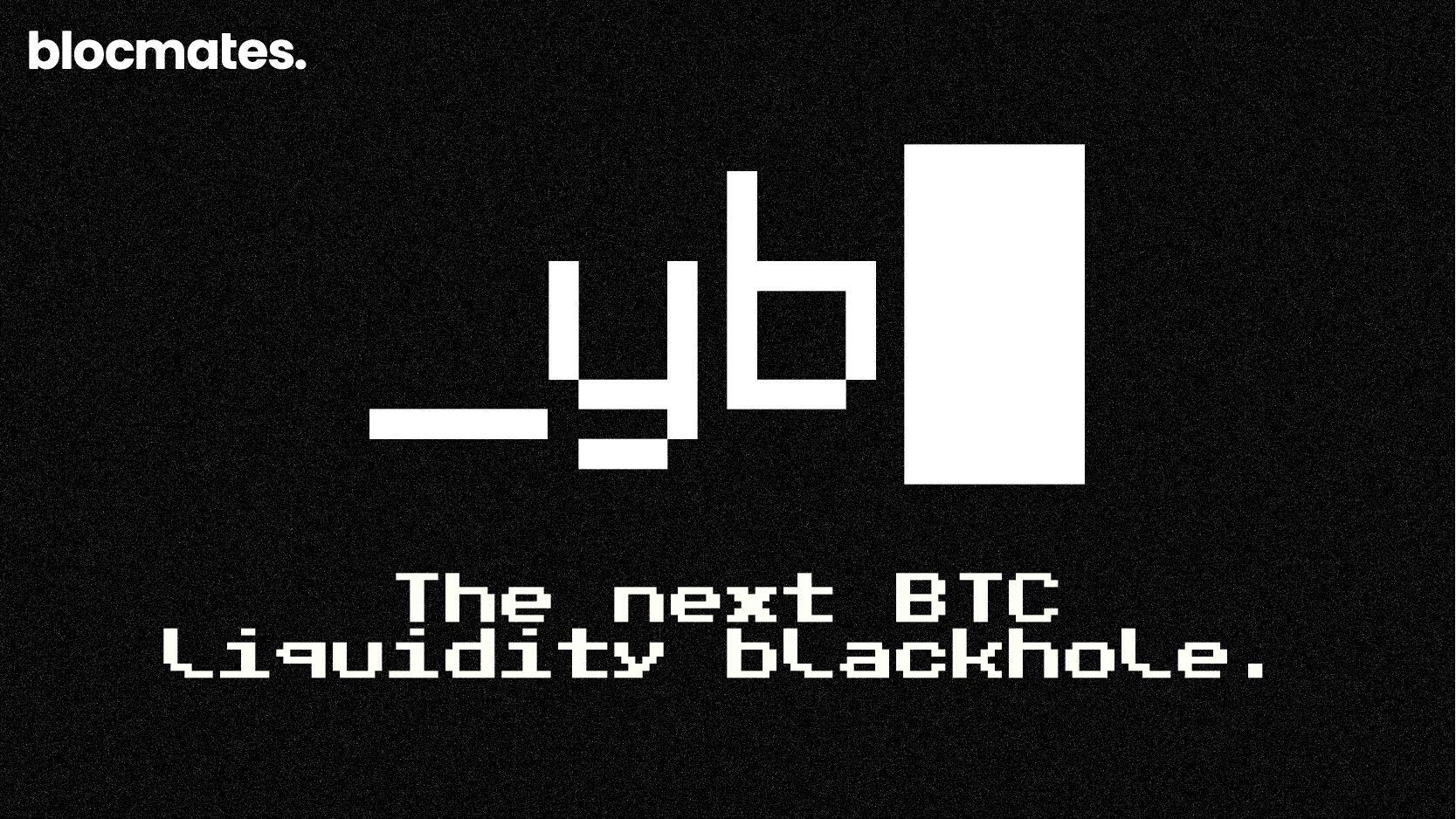
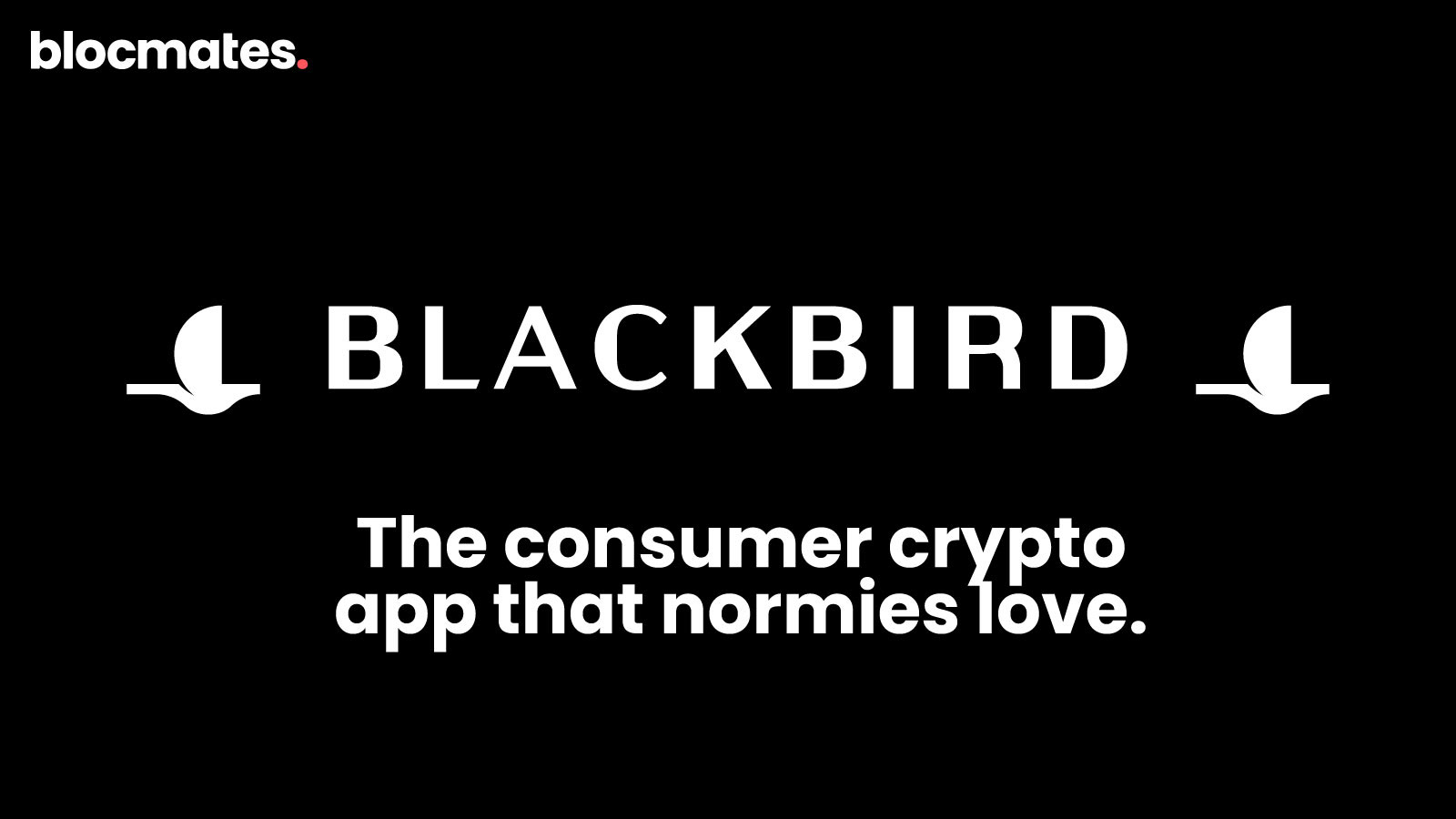
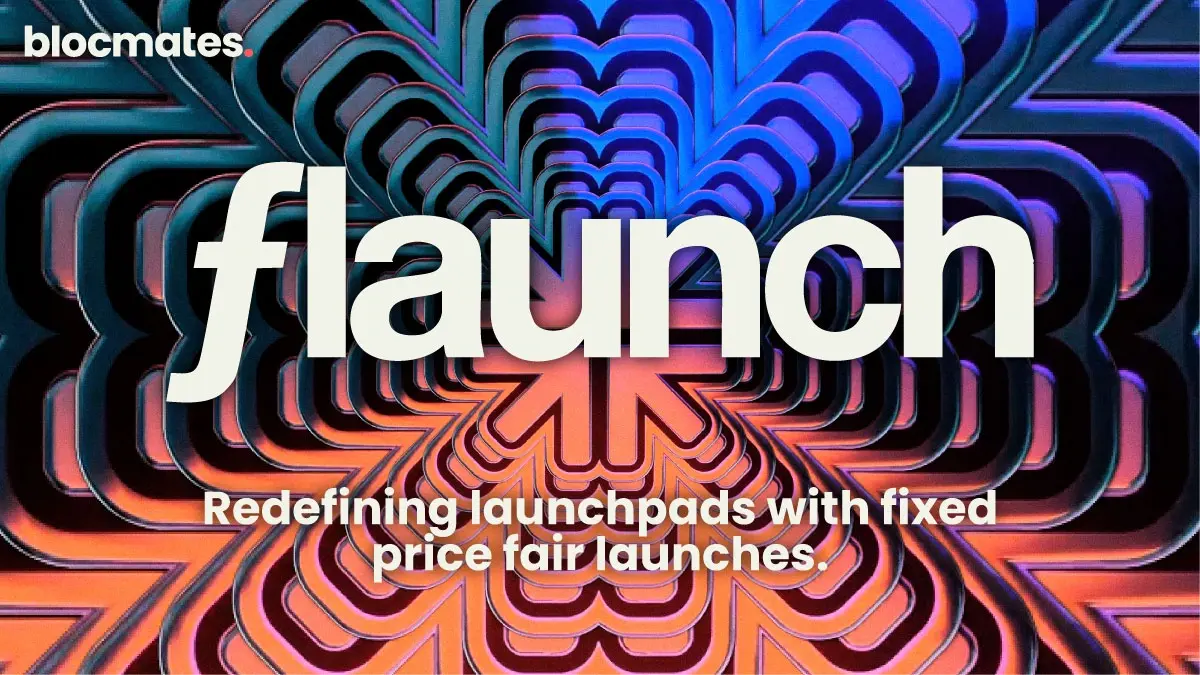

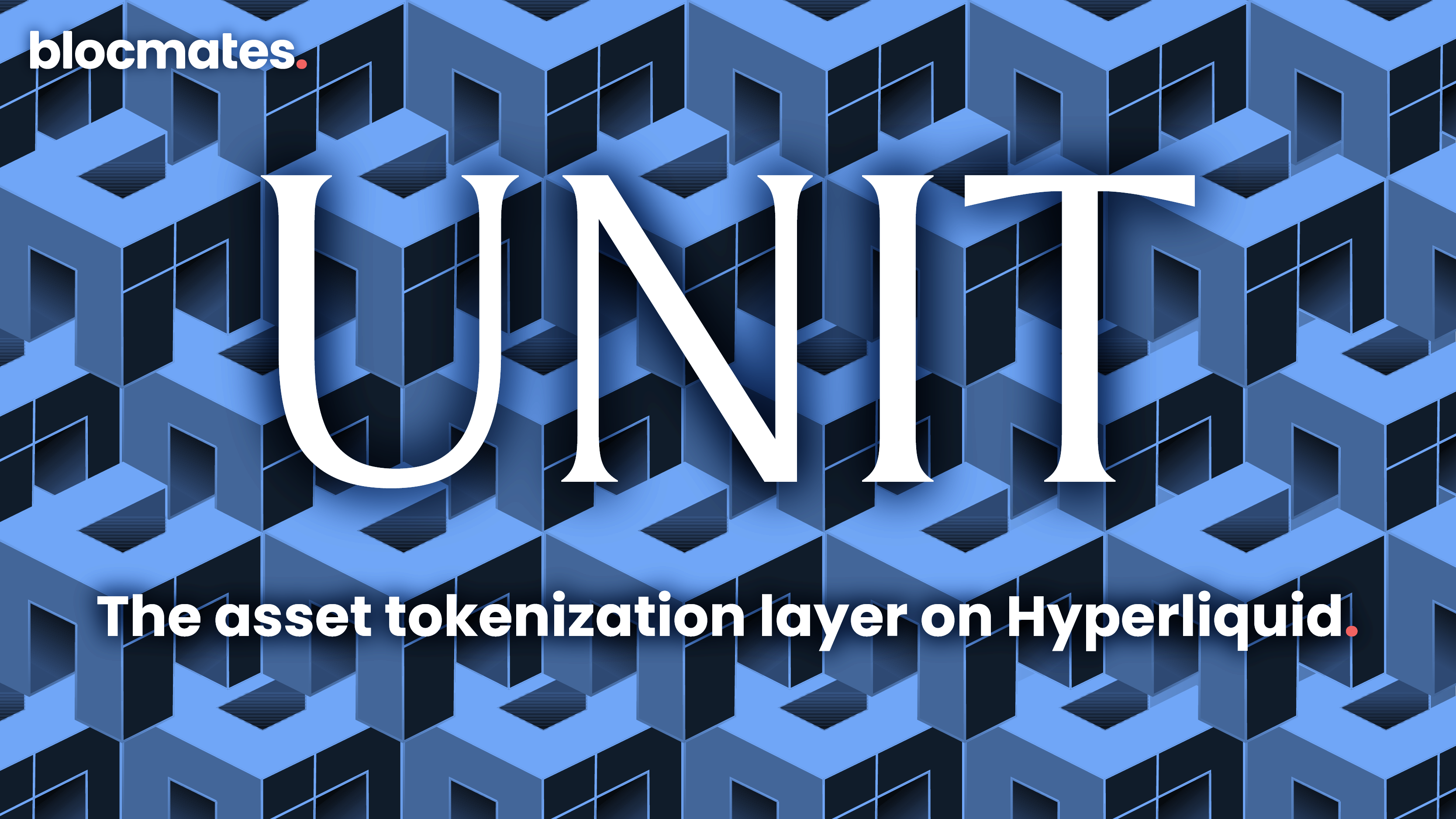



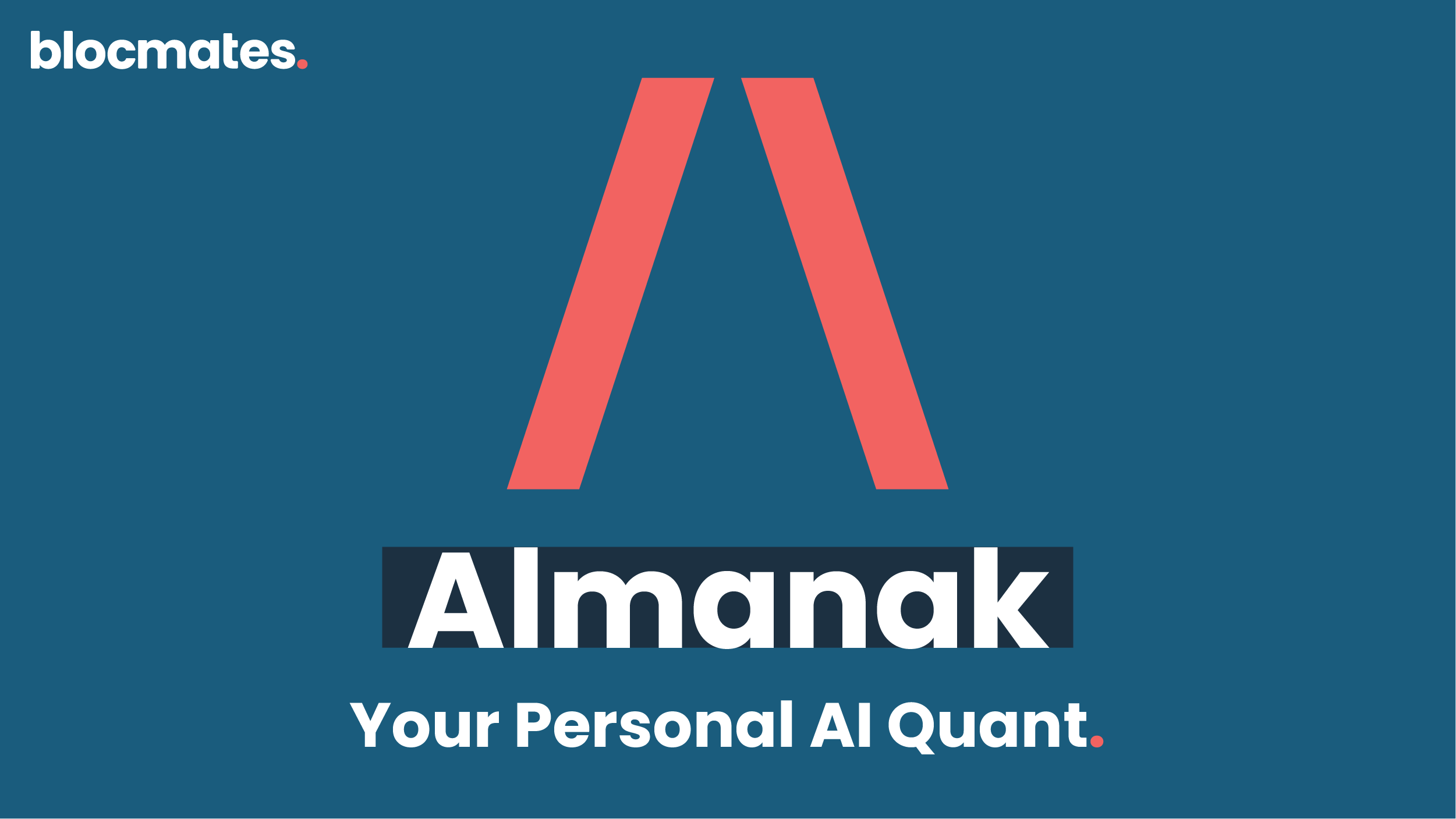
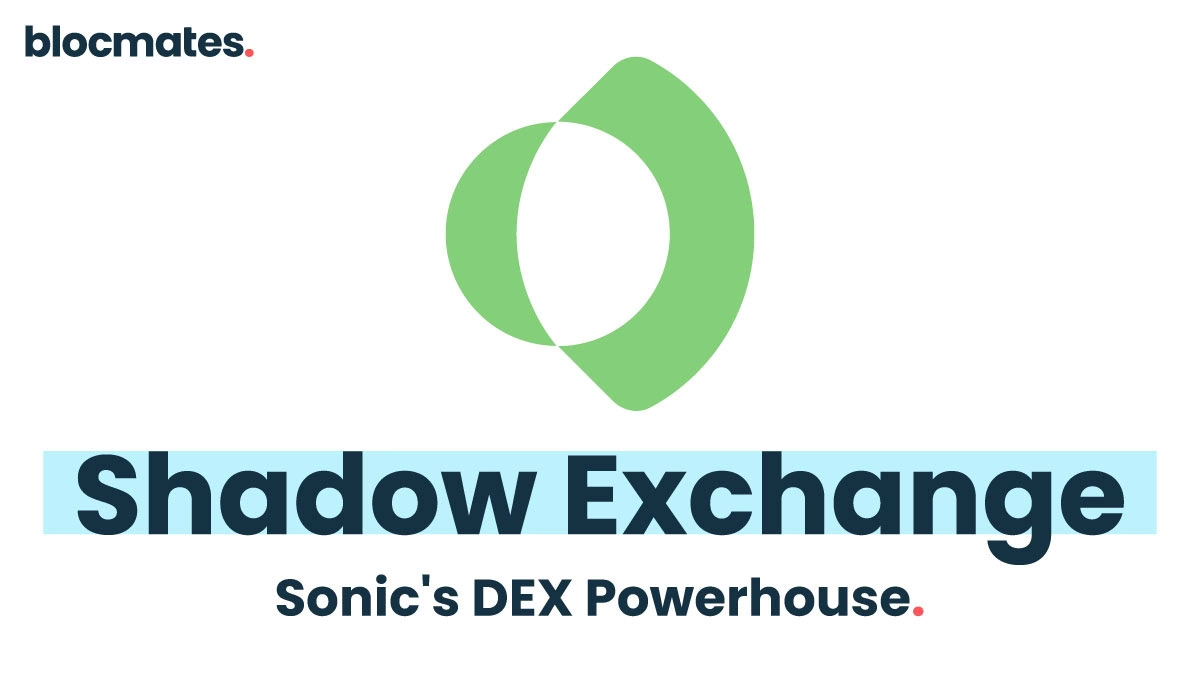


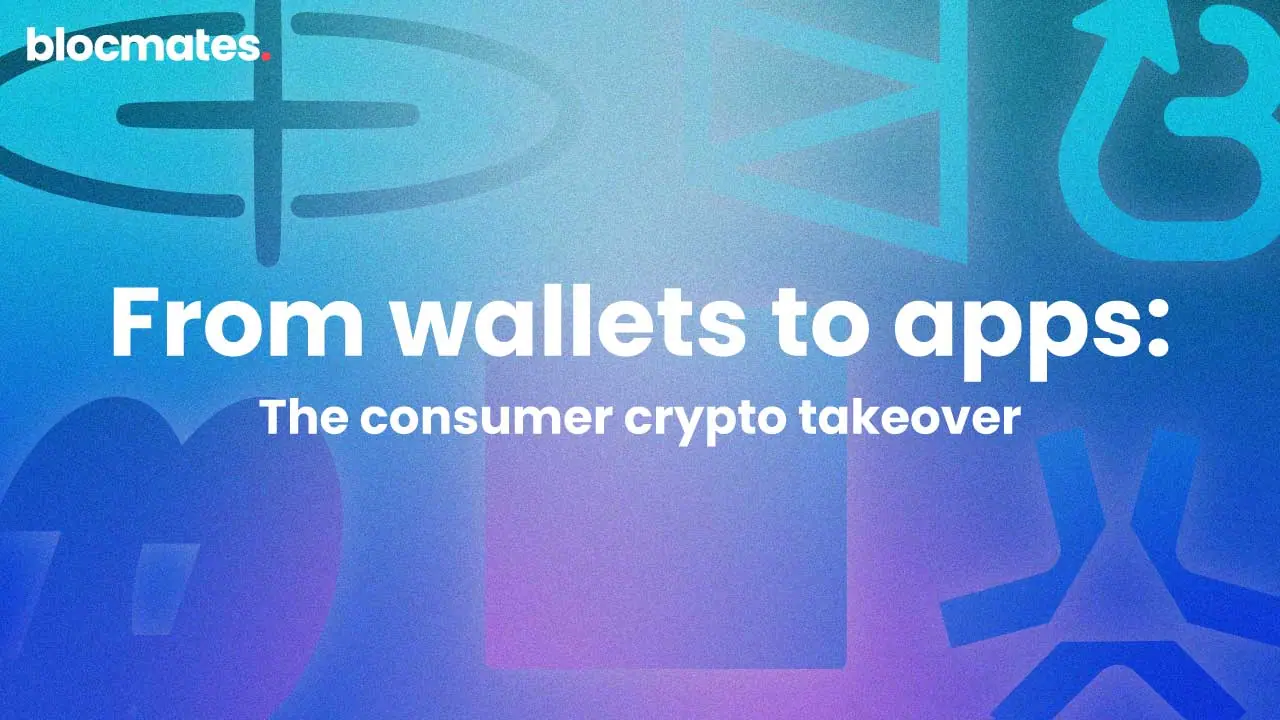



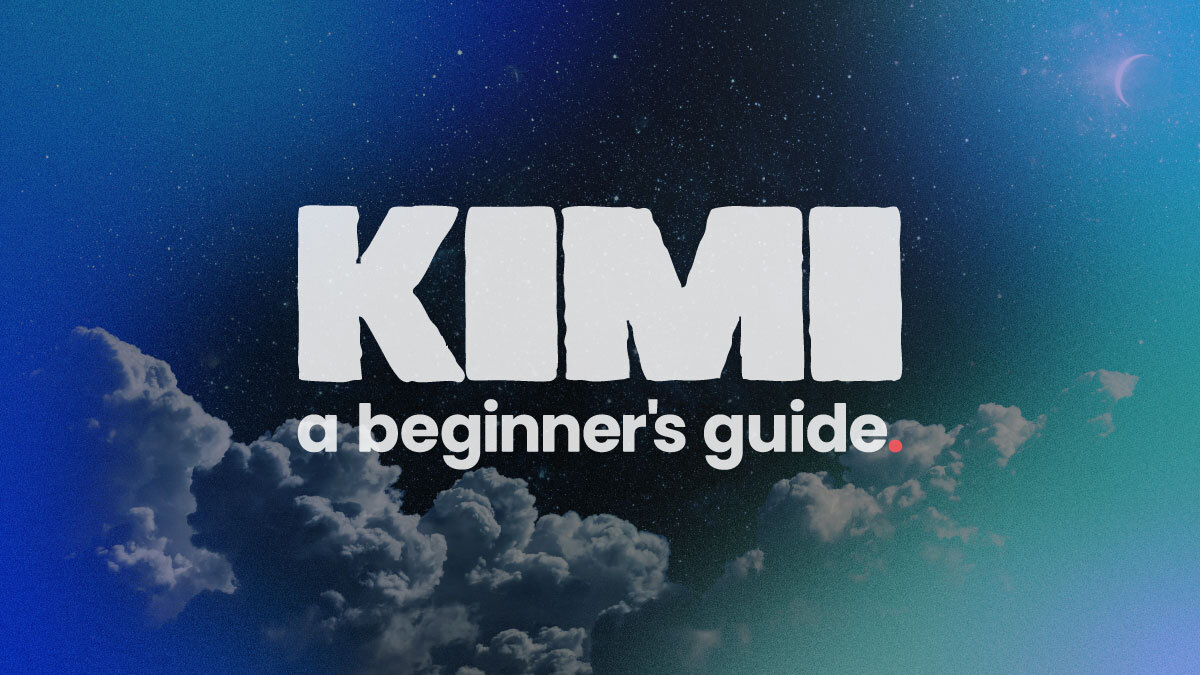
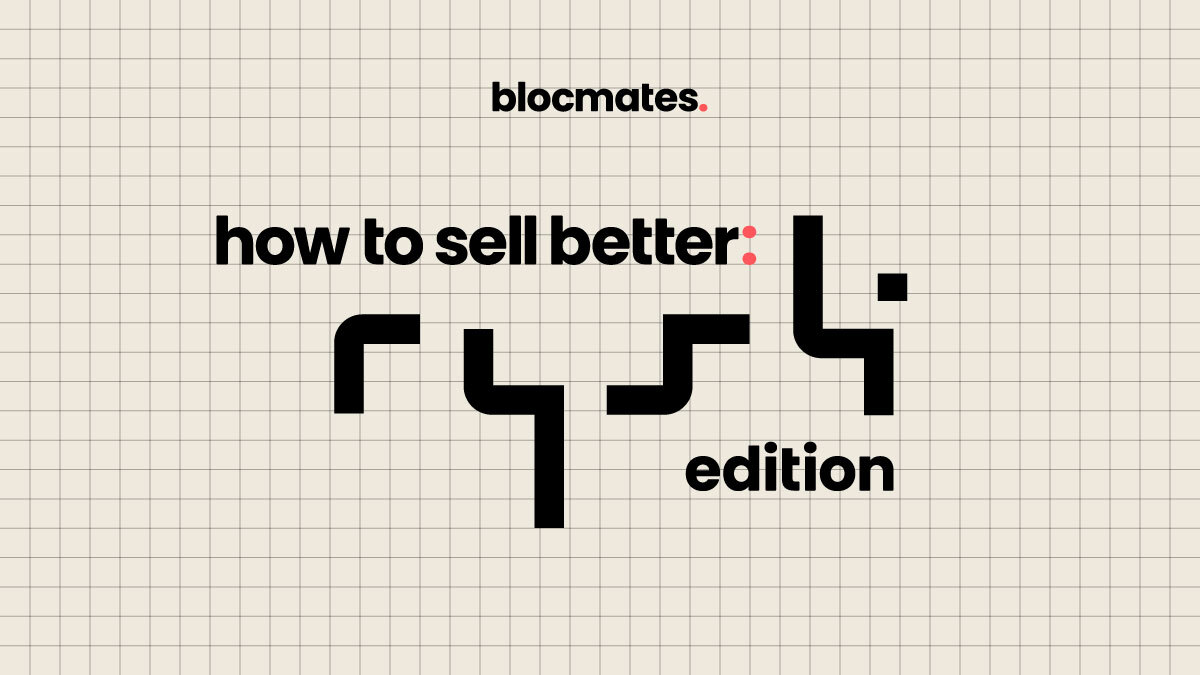


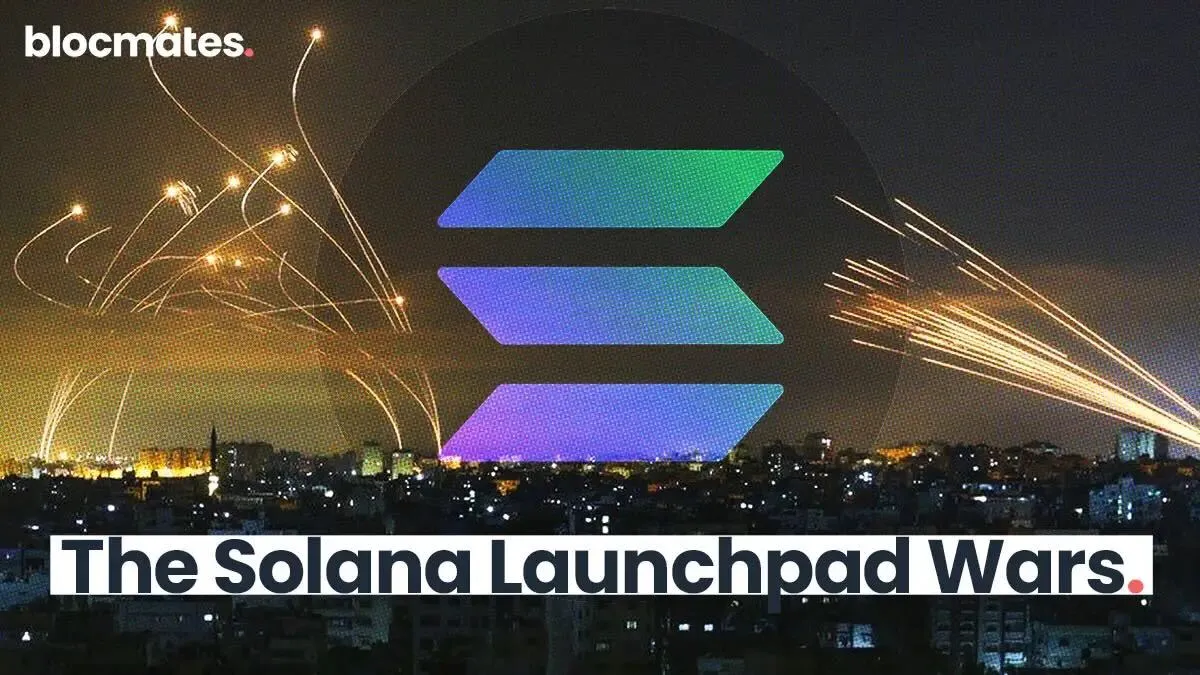




















%202.webp)


.webp)

.webp)
.webp)
.webp)



.webp)

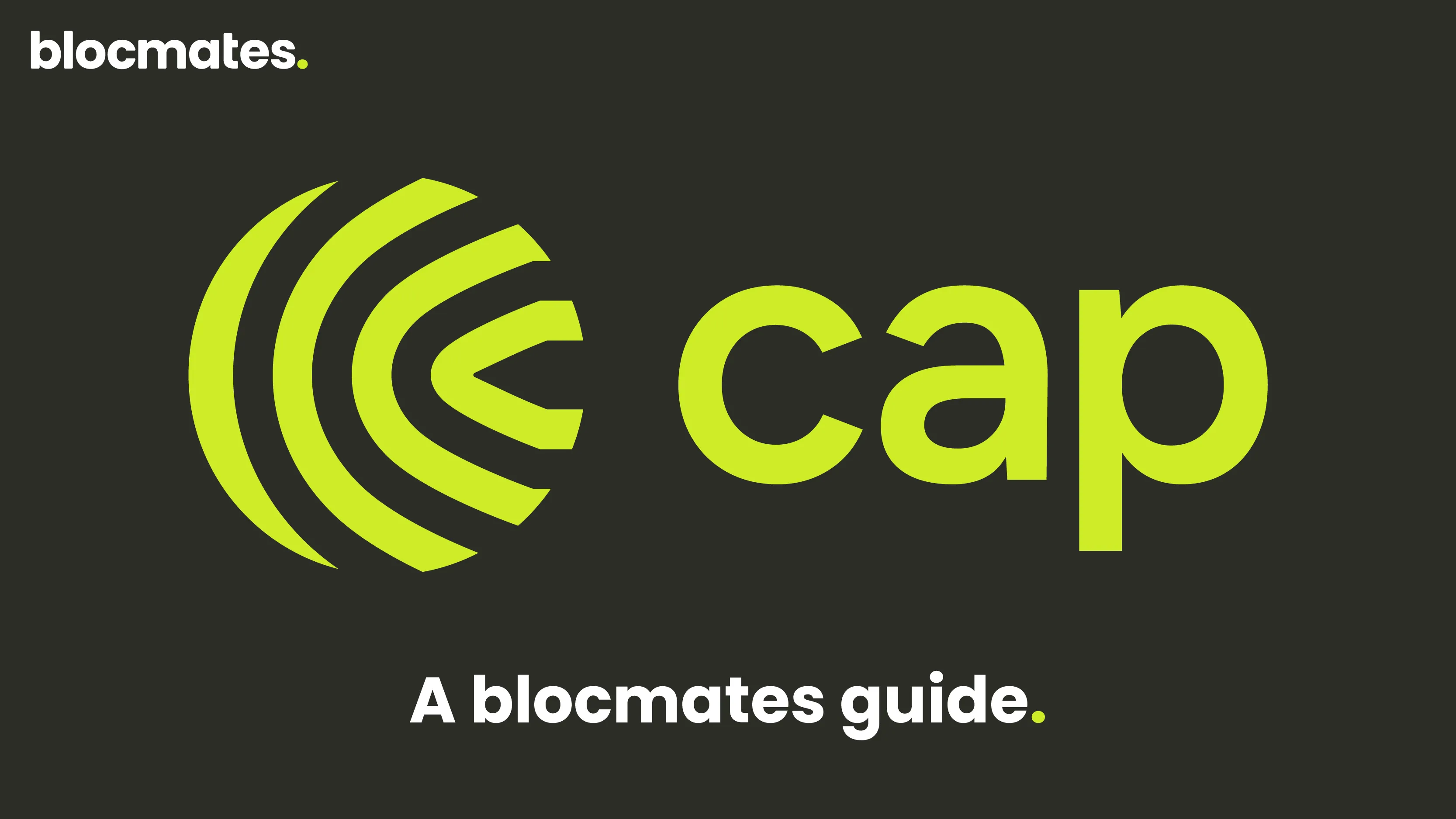










%20the%20Next%20Big%20Unlock%20in%20AI.webp)





.webp)
.webp)

.webp)
.webp)
.webp)


.webp)
.webp)










.webp)


.webp)









.webp)







.webp)
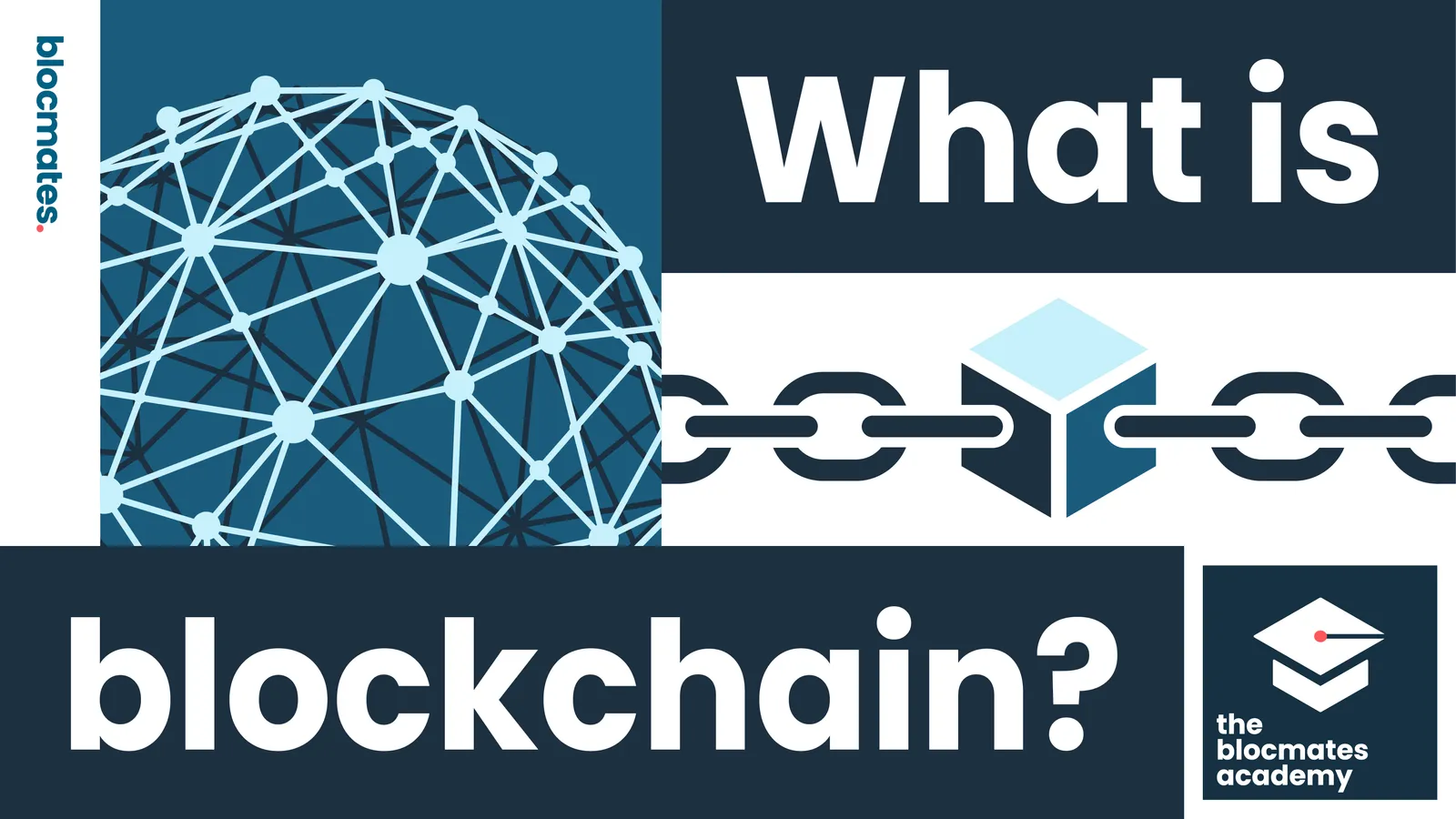



.webp)















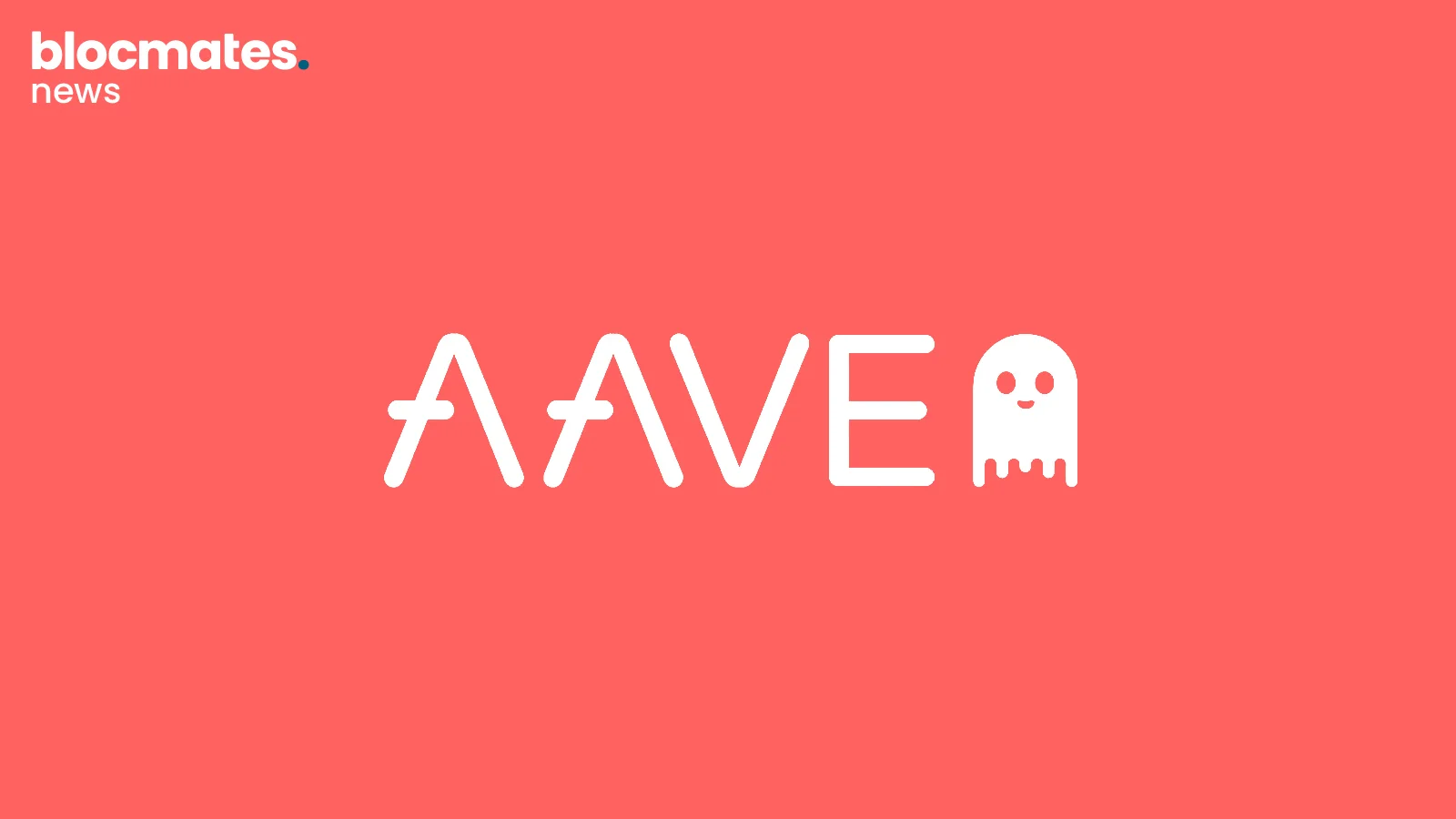
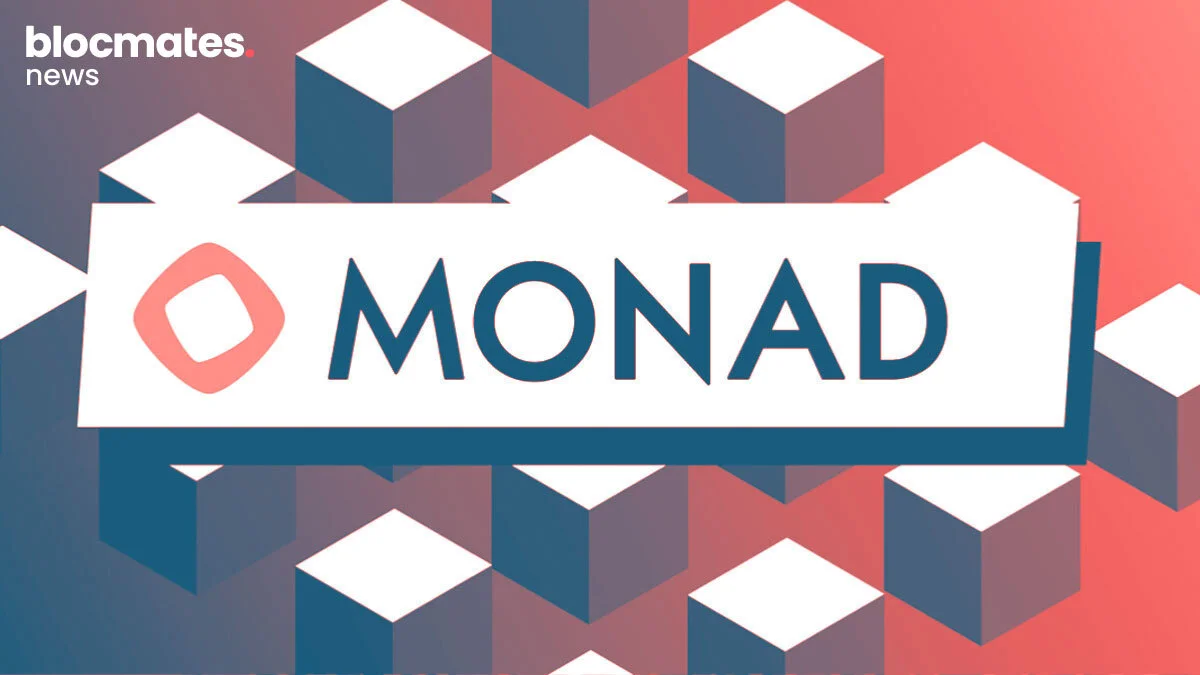





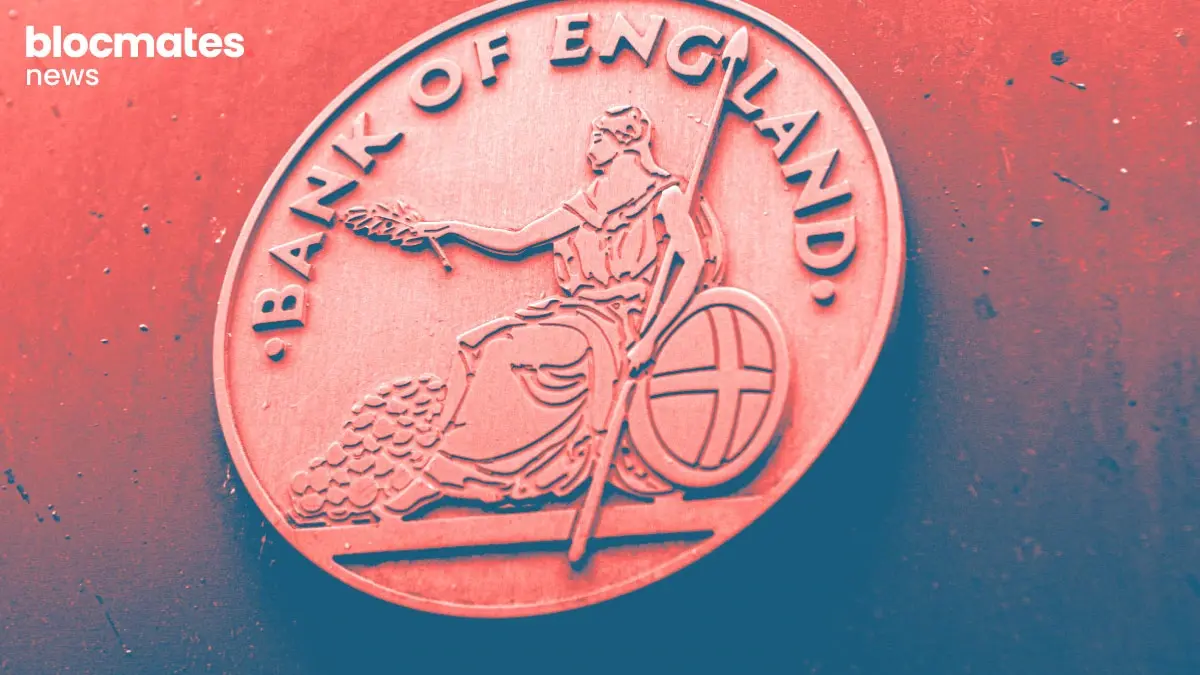


.webp)
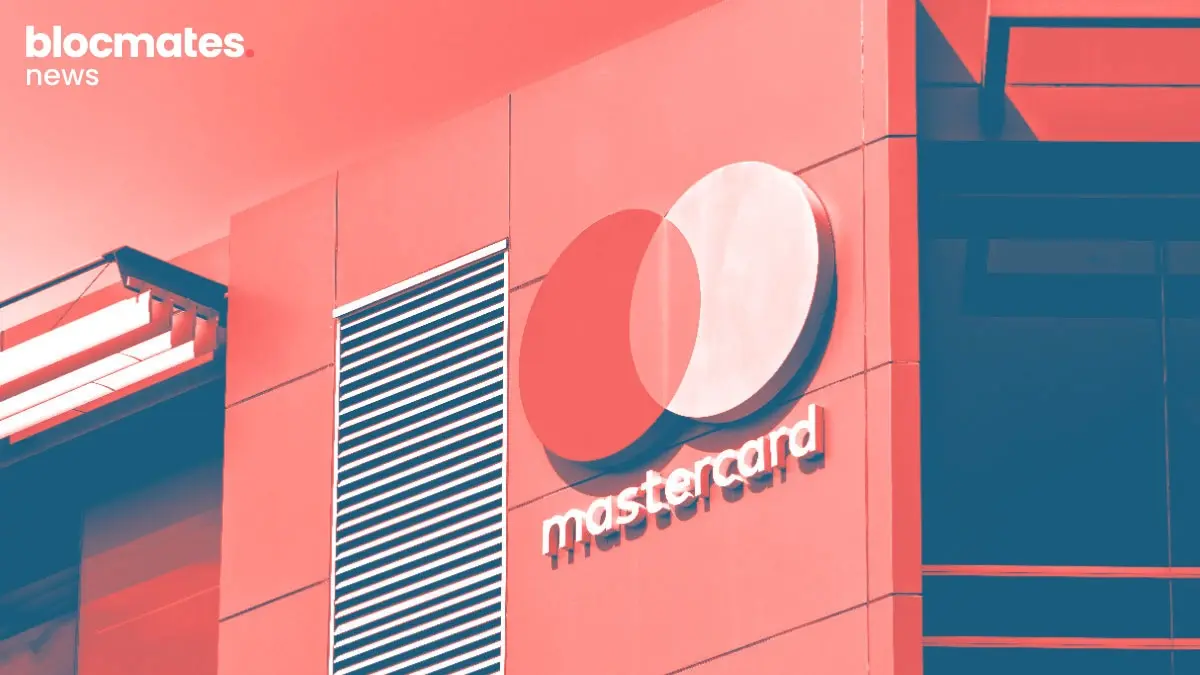






.webp)


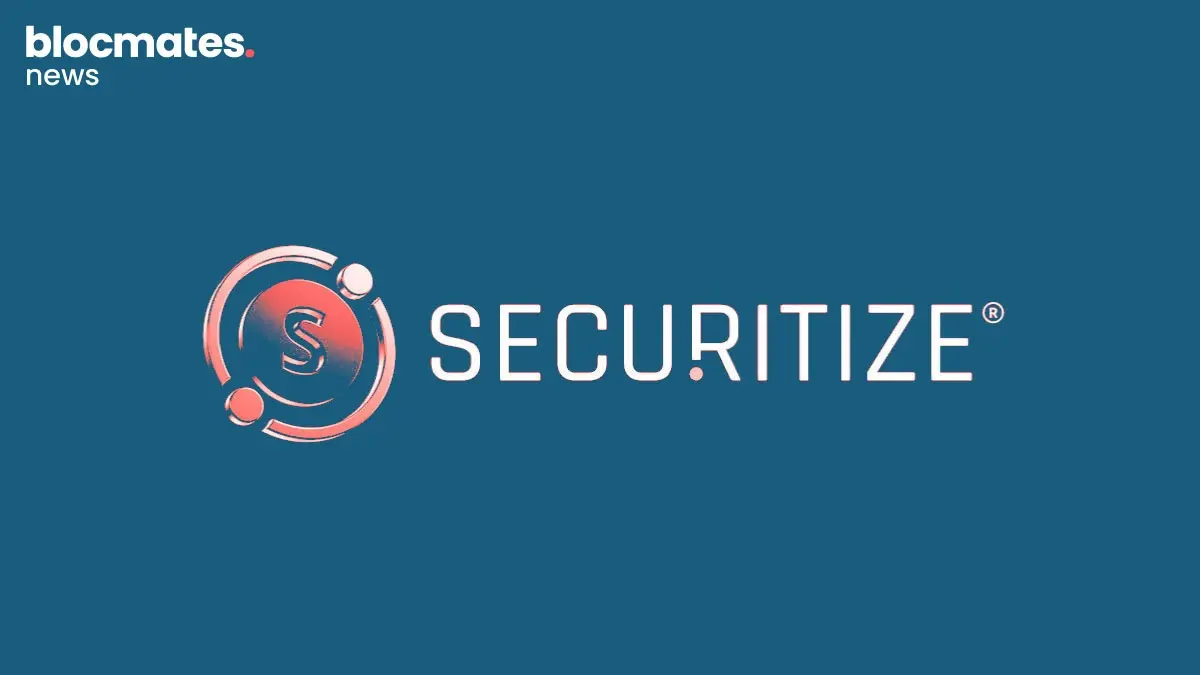

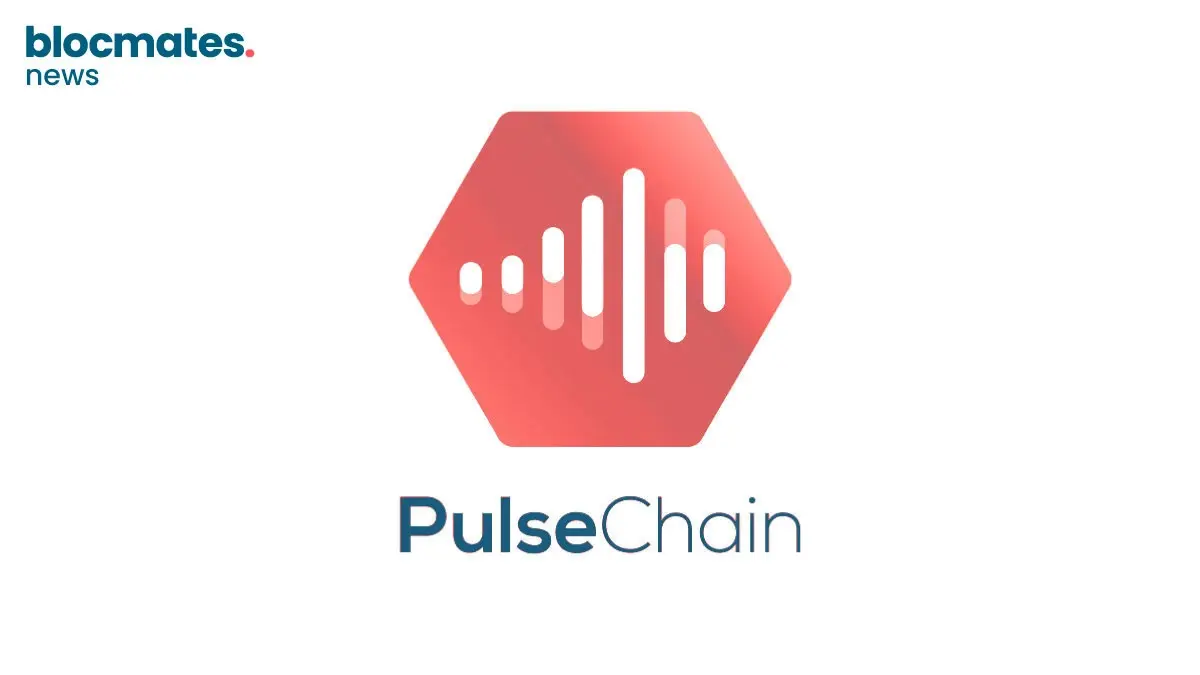
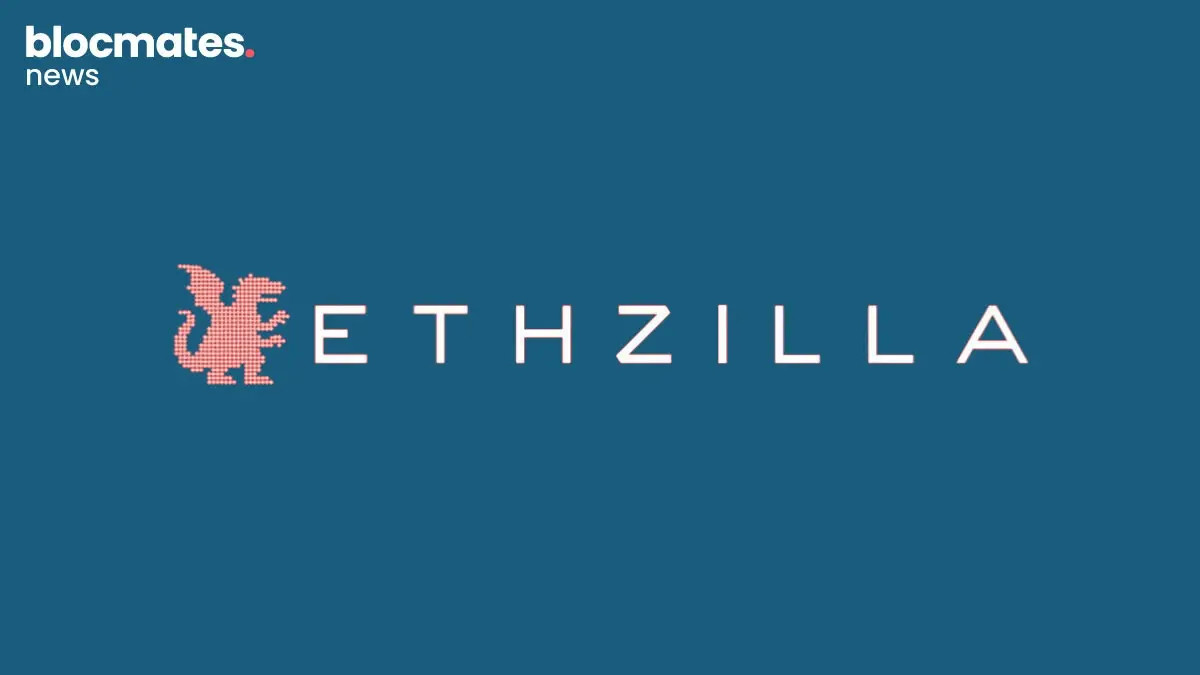
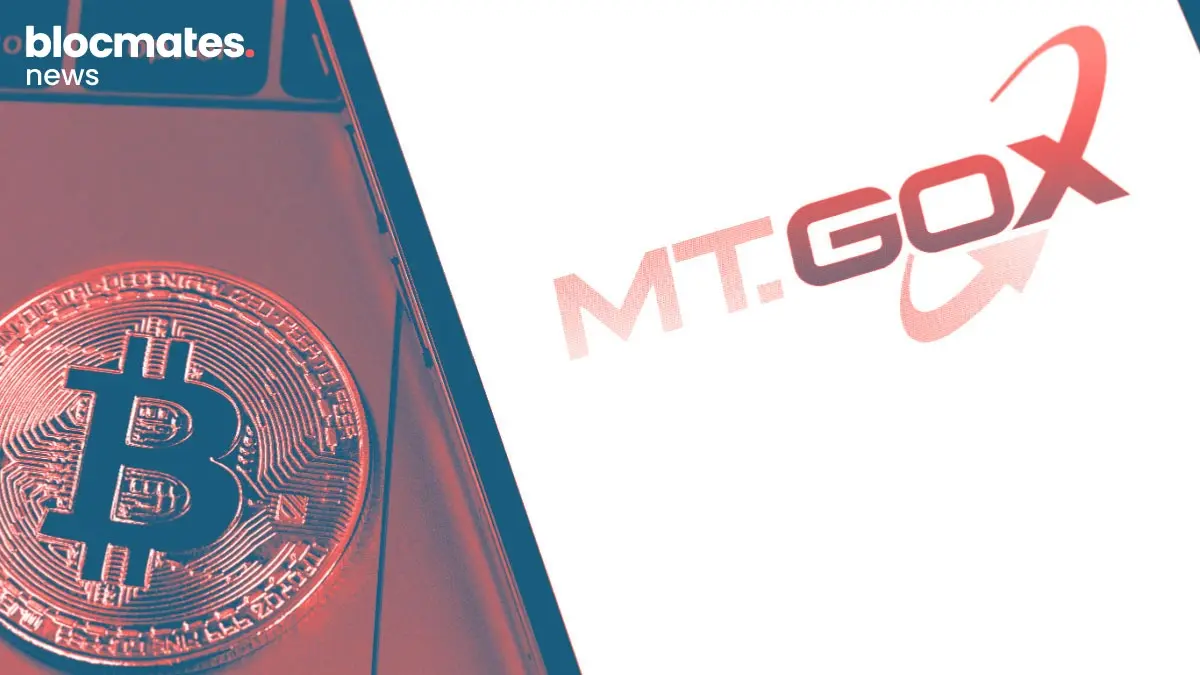
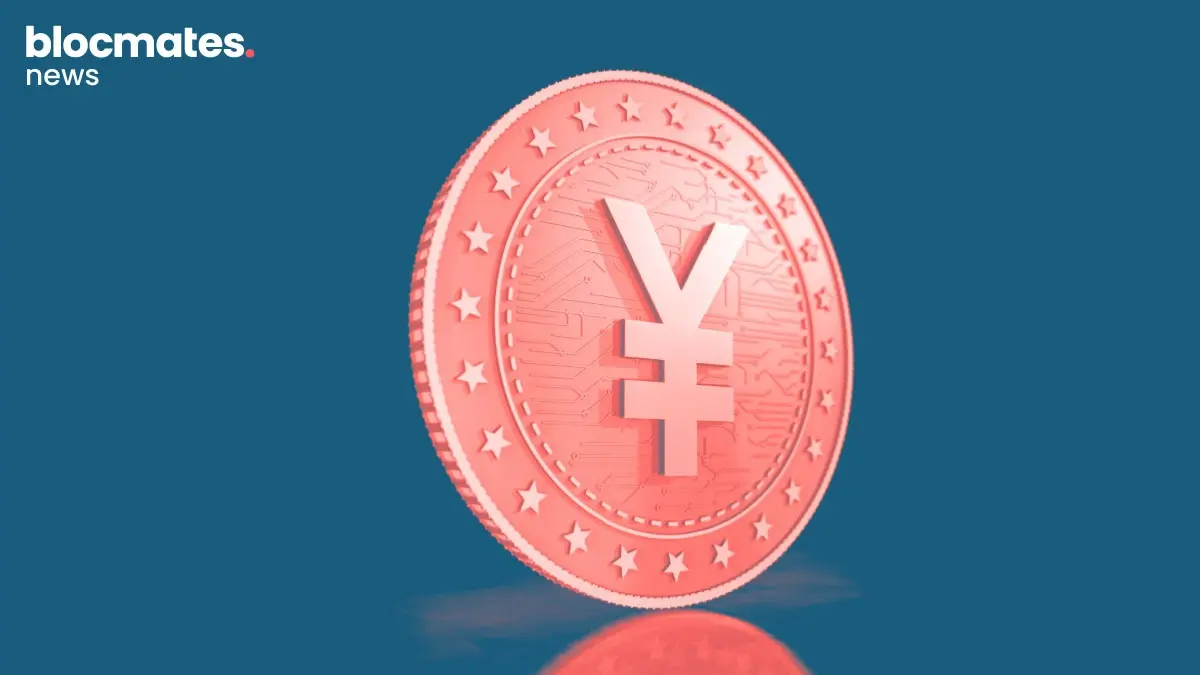
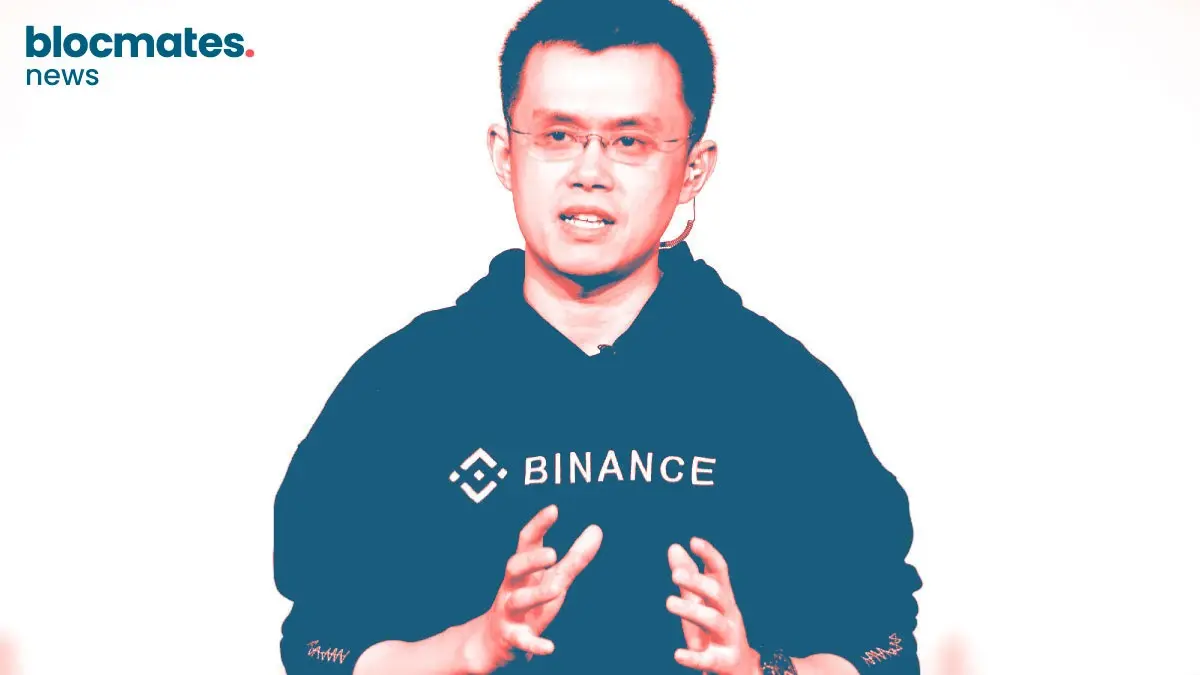


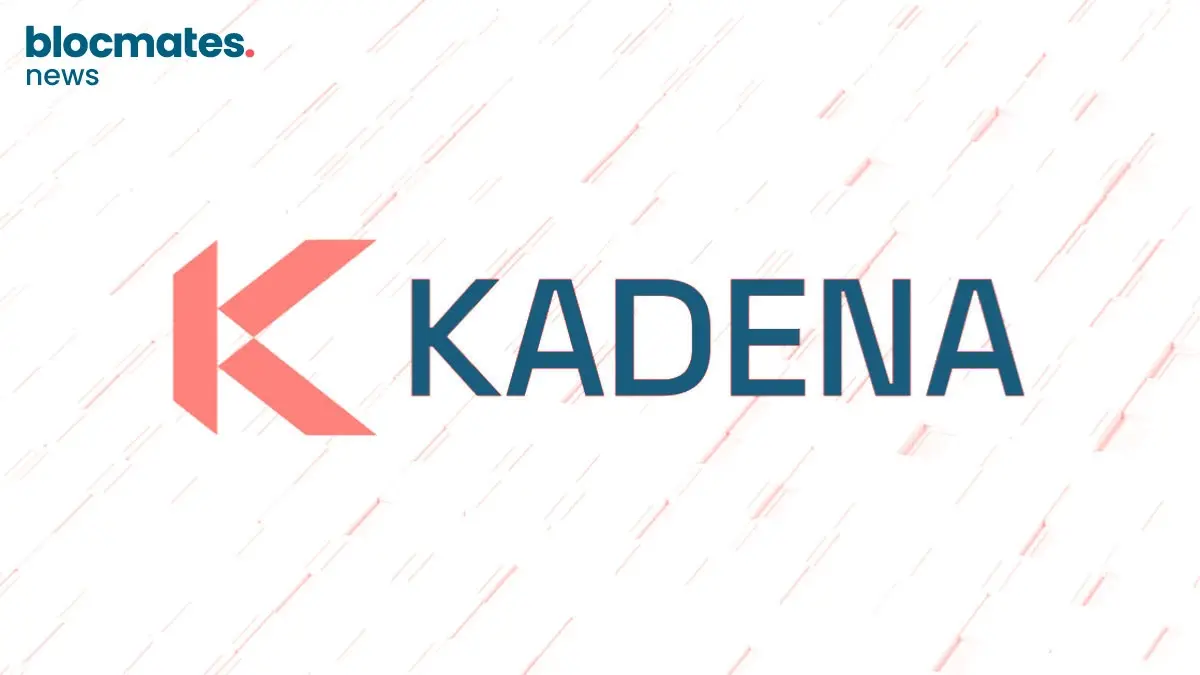


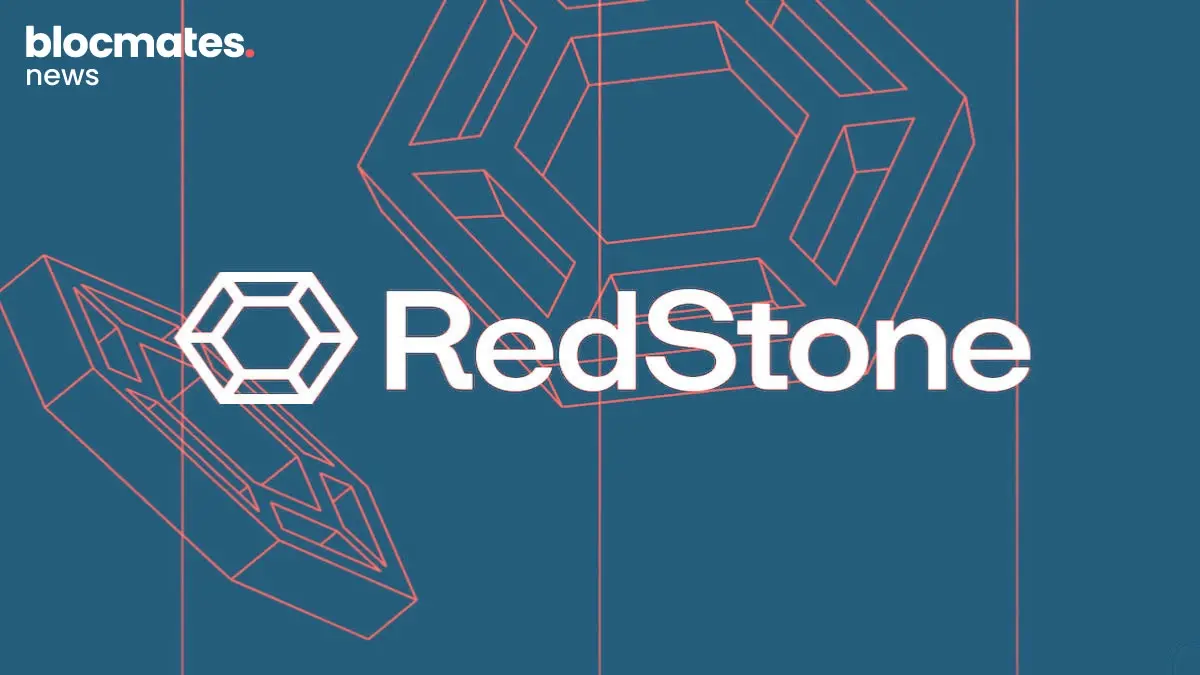
.webp)

.webp)
.webp)

.webp)


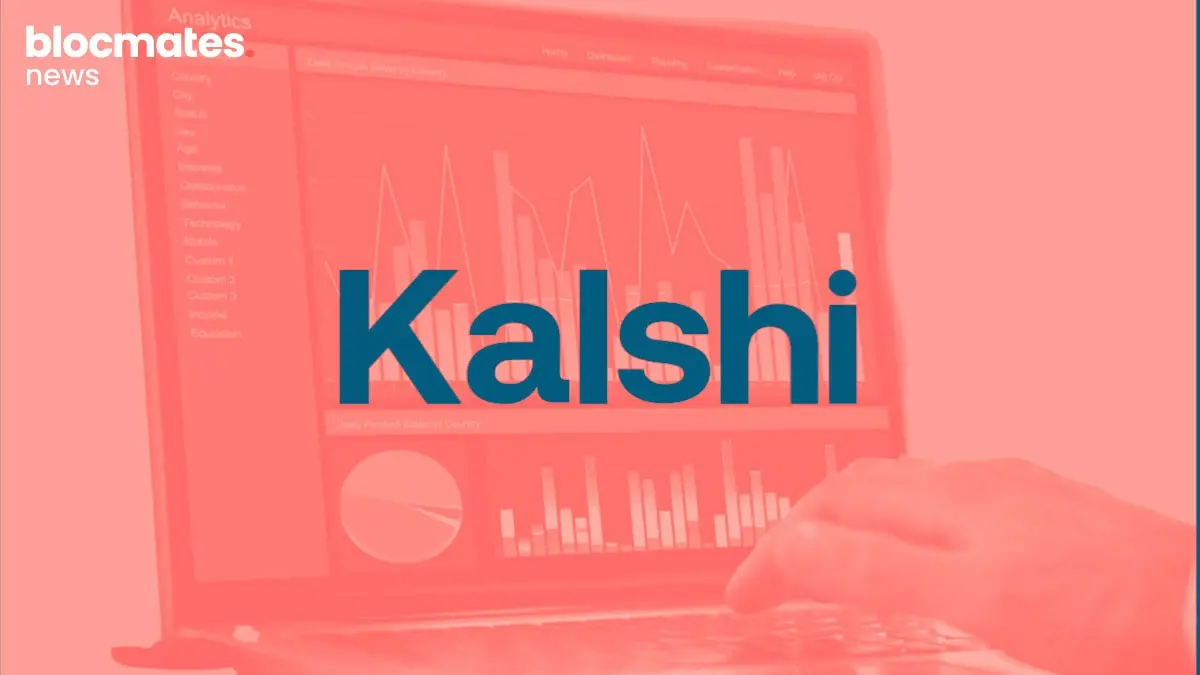
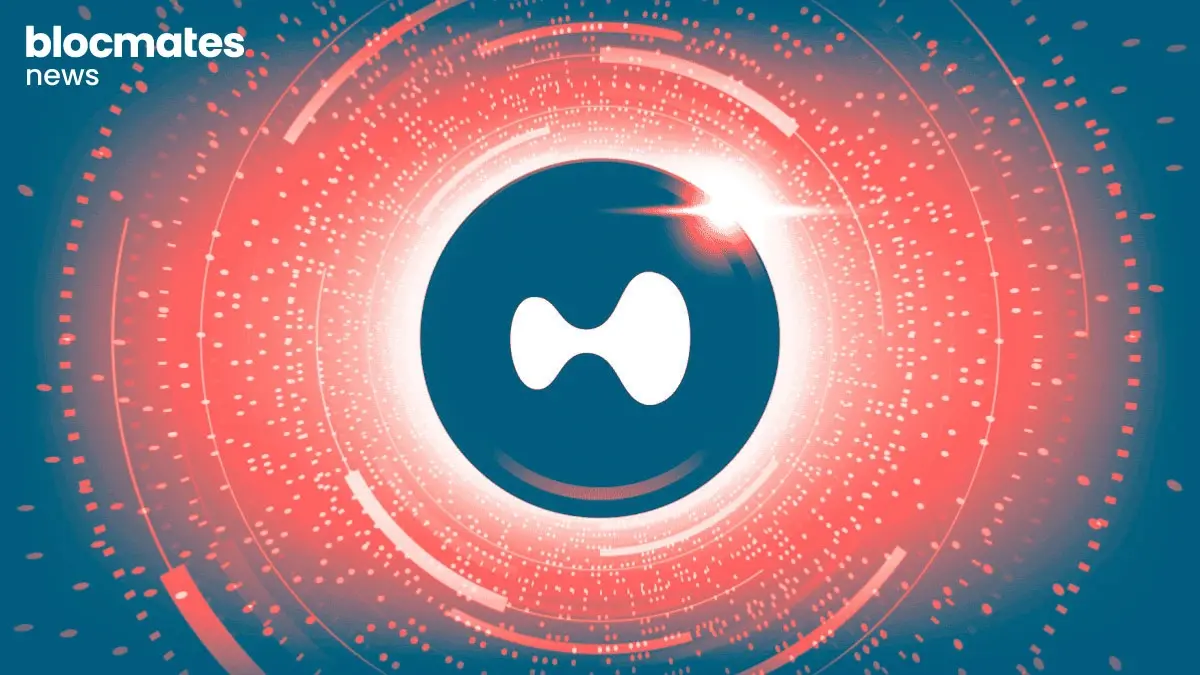




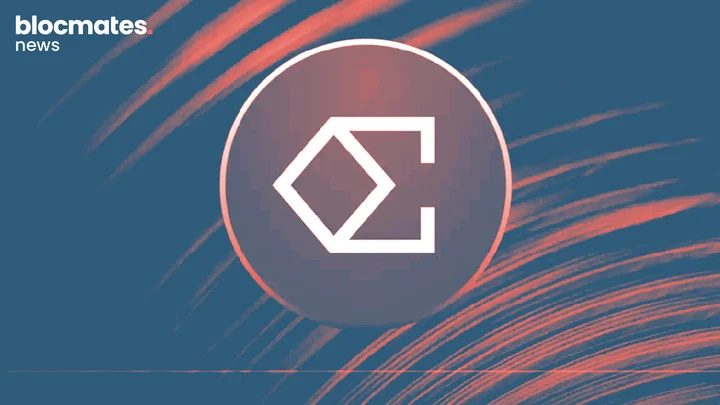
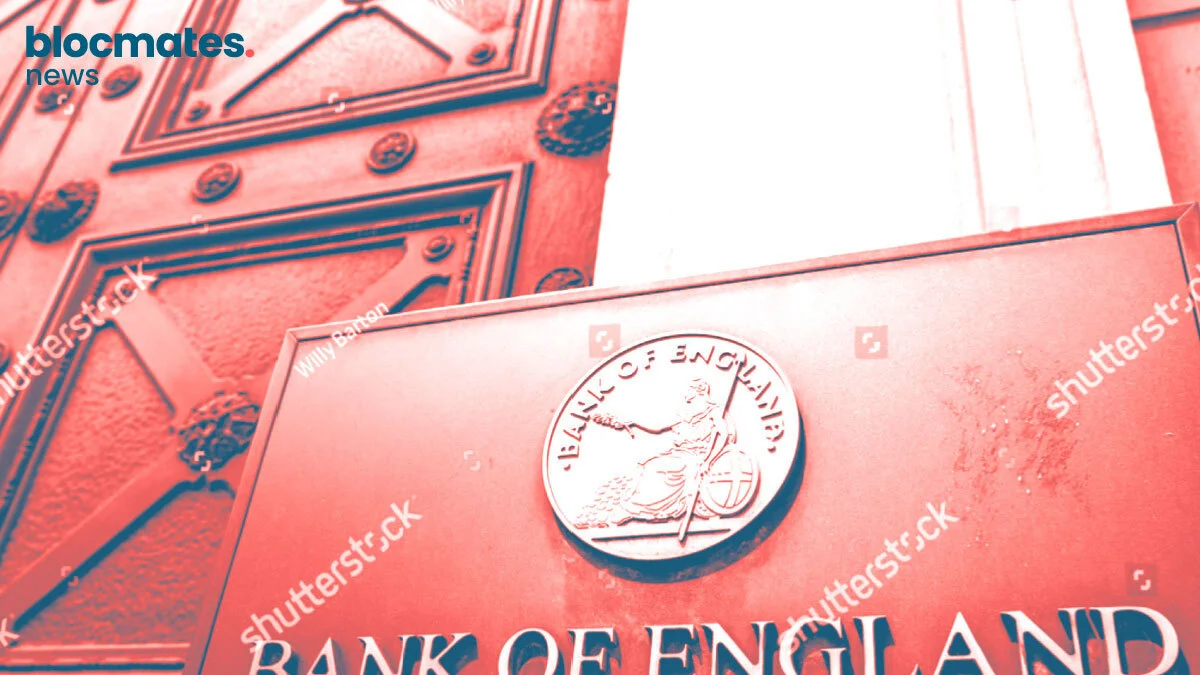

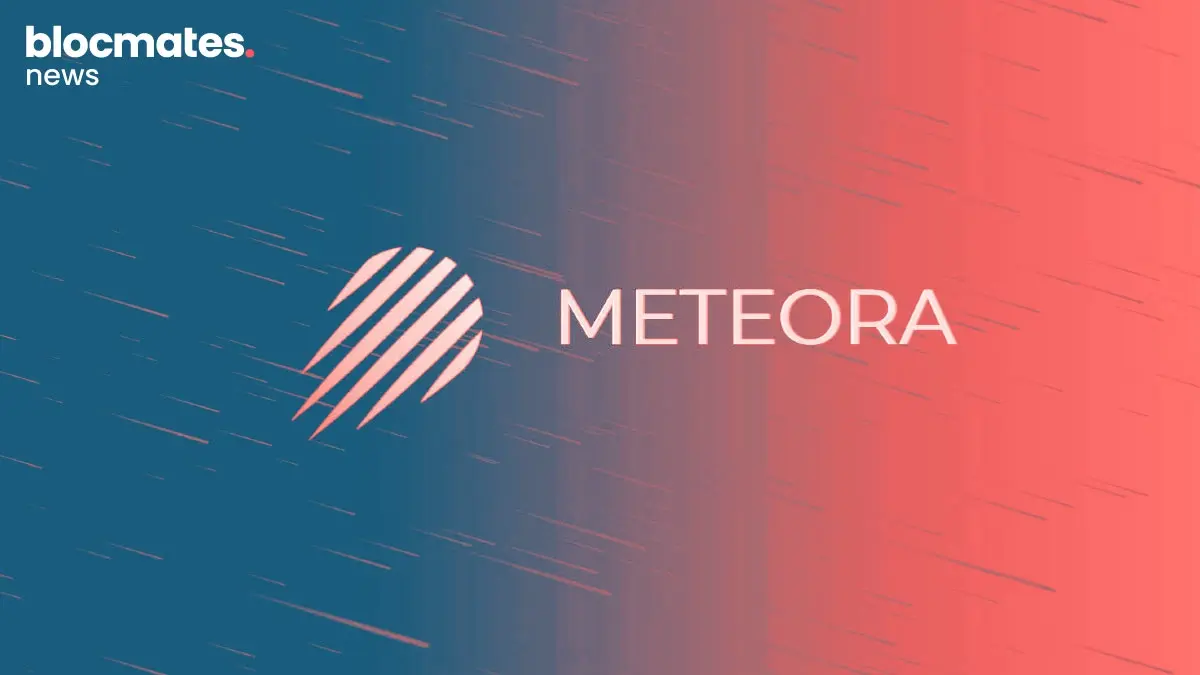
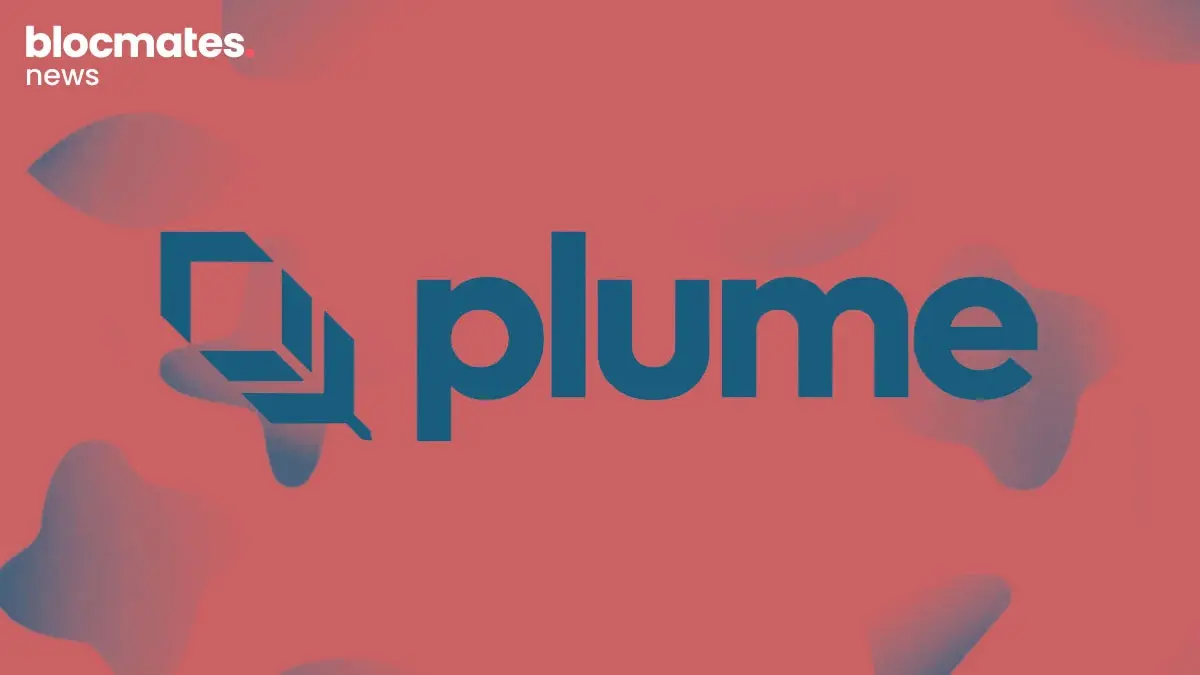

.webp)

.webp)

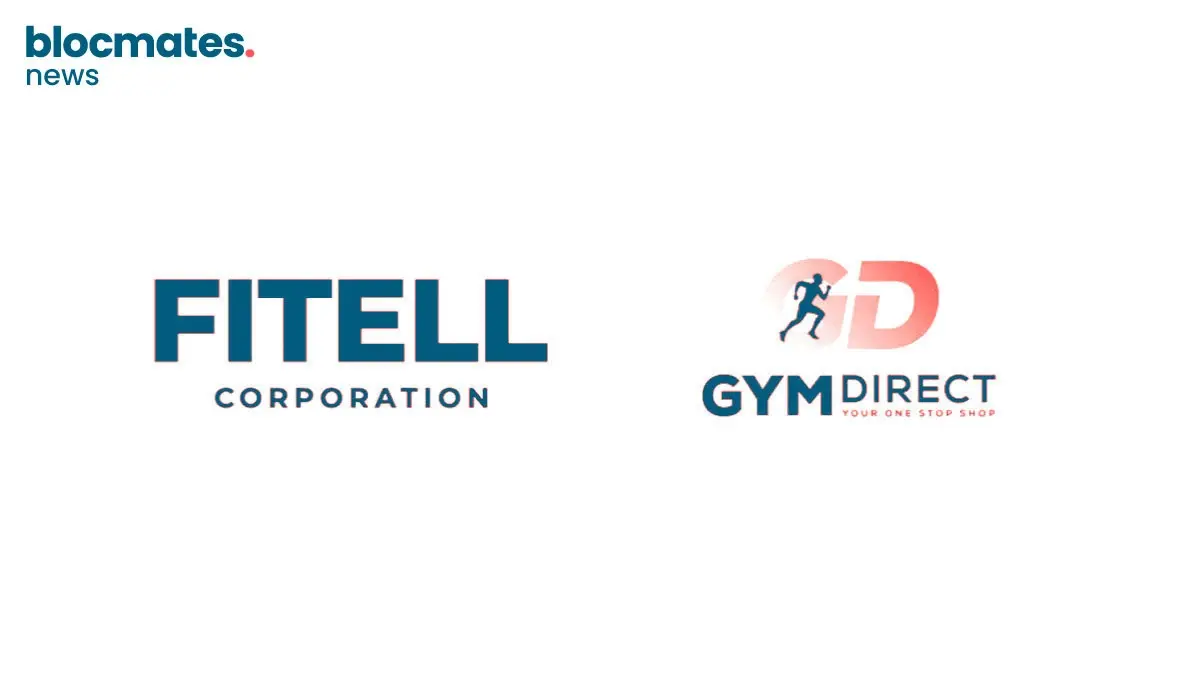
.webp)

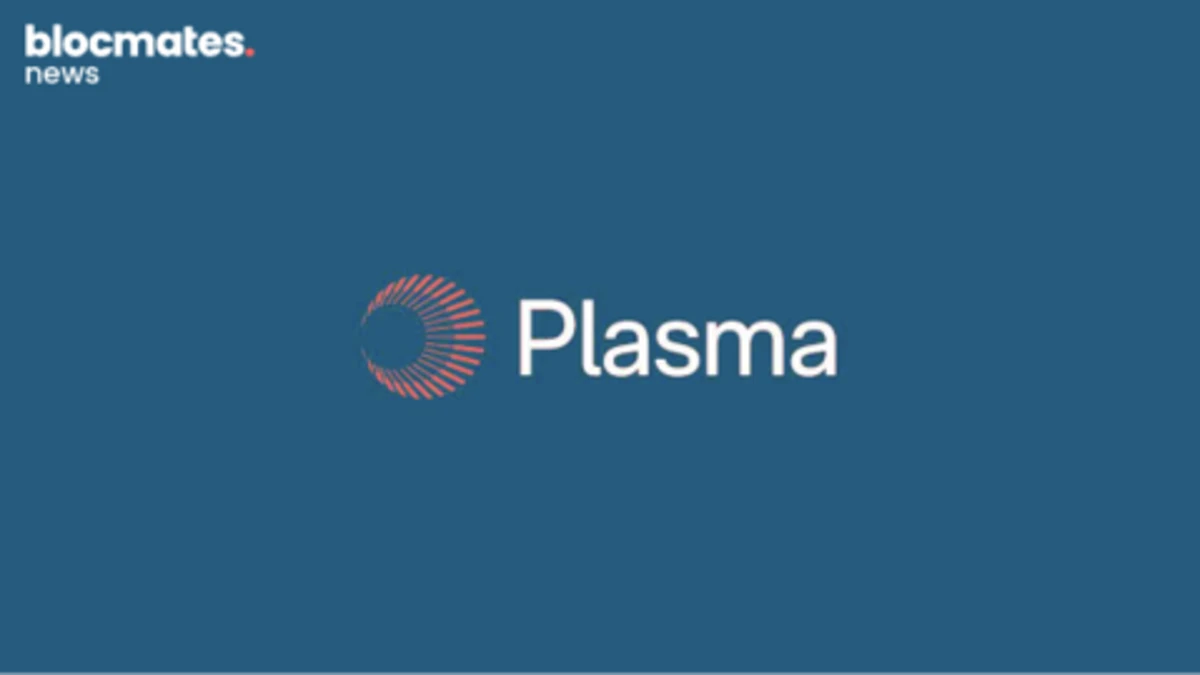

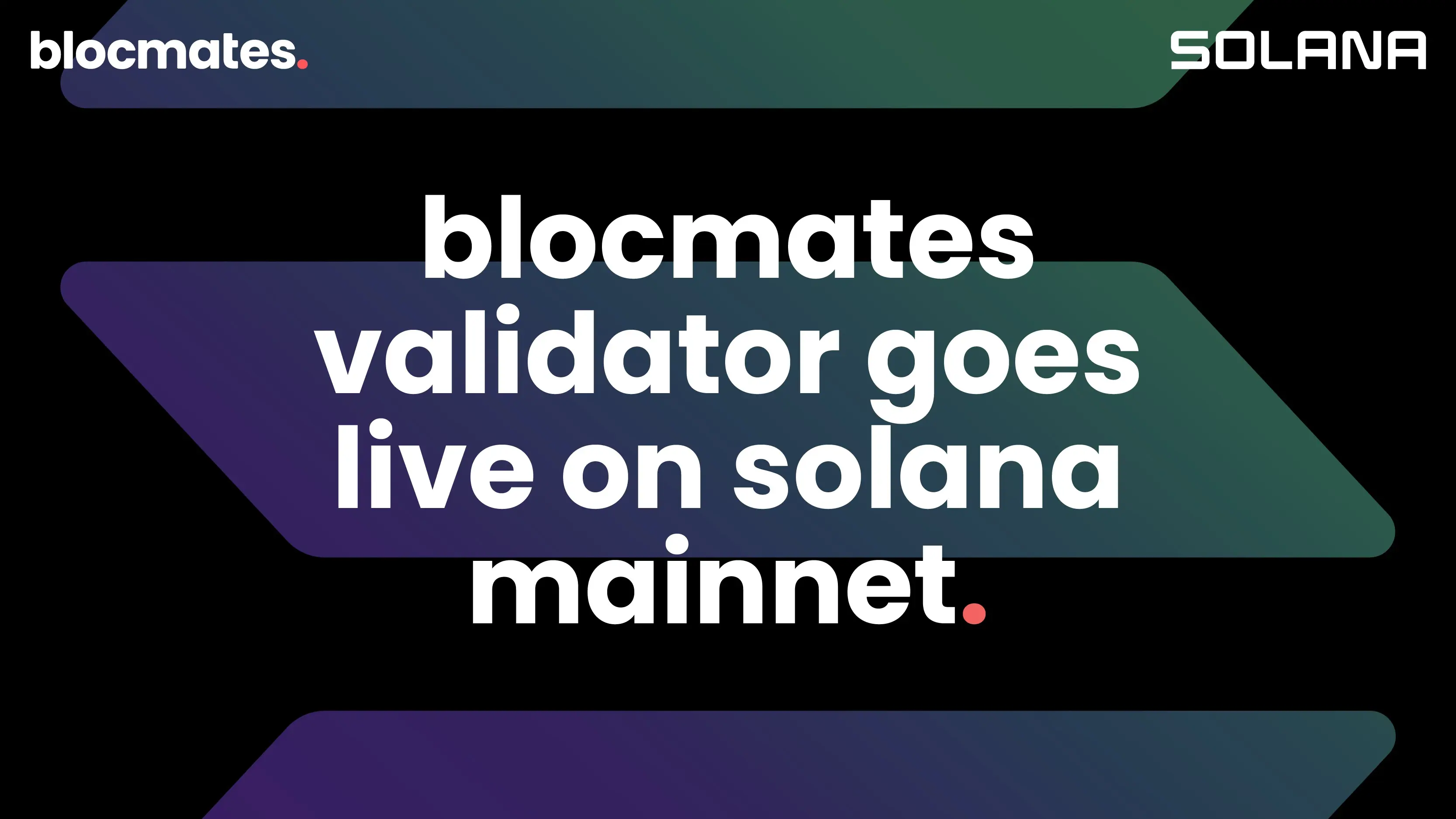
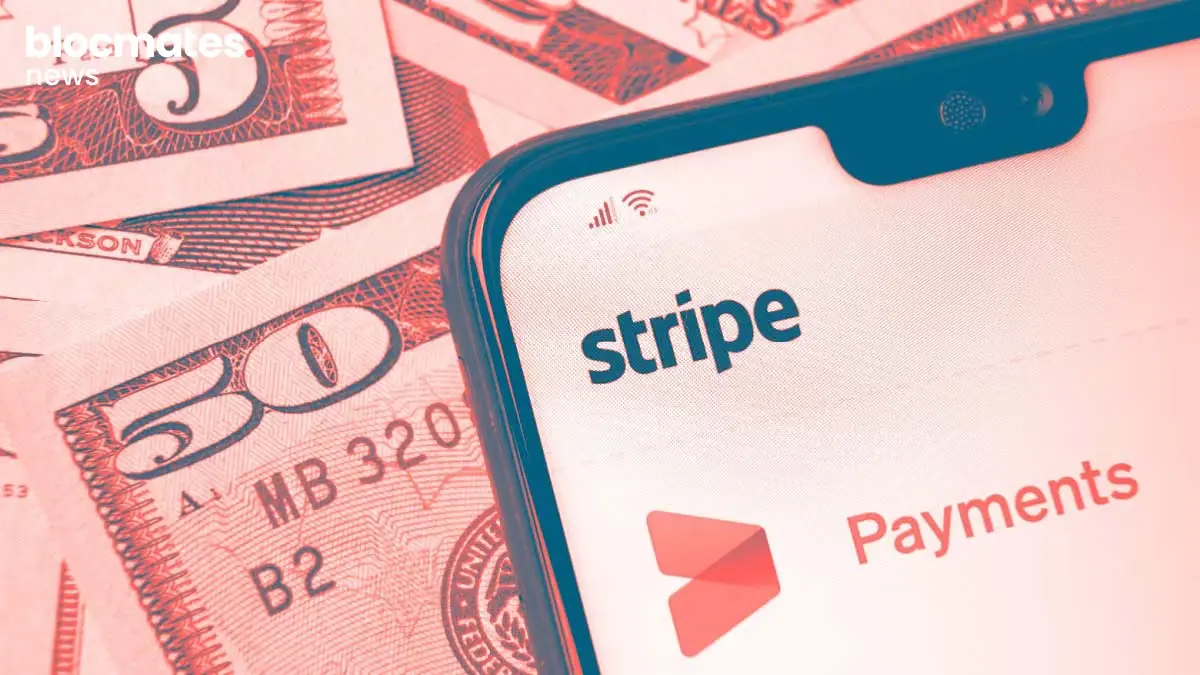



.webp)
